LG QNED87T is a television that definitely stands out. It is somewhat unconventional – it doesn’t forcefully compete with top OLED models, but it makes up for that with modern features and user-friendly operation. This is a device that works wonderfully for those who value convenience and versatility. The 120 Hz panel, VRR, and ALLM ensure that the television handles dynamic content well. Games run smoothly, the picture is sharp, and the responses are quick. If we spend time on a console, we will appreciate the lack of delays or blurring. When watching sports, fast actions are clear, without stuttering. On a daily basis, LG QNED87T is simply comfortable. WebOS operates intuitively, applications launch quickly, and the Magic Remote significantly simplifies control. Voice control saves time, especially when searching for films or series. Features such as USB recording and Bluetooth offer more options, increasing its versatility. The IPS panel is a significant advantage when it comes to viewing angles. Regardless of where we sit in the room, the picture looks good. It’s an excellent solution in larger spaces, where not everyone has a direct view of the screen. Older films or standard television from built-in tuners also look decent – the improvement in the quality of lower resolution materials works surprisingly well. However, there are certain things that may stand out. The contrast is simply tragic. In dark scenes, there are no details at all. In the evening, in a dimmed room, this is very noticeable. During the day, these imperfections are less felt, so LG QNED87T is better suited for well-lit places. LG QNED87T is a television that has its strengths. It handles dynamic materials well, is comfortable to use, and is perfect for bright rooms. It is not an ideal model for evening screenings in darkness, but in everyday use, it certainly stands out. It is a versatile device that is worth considering when choosing a new television.
- Matching (Score)
- Our verdict
- TV appearance
- Where to buy
- Contrast and black detail
- HDR effect quality
- Factory color reproduction
- Color reproduction after calibration
- Smoothness of tonal transitions
- Image scaling and smoothness of tonal transitions
- Blur and motion smoothness
- Console compatibility and gaming features
- Input lag
- Compatibility with PC
- Viewing angles
- TV efficiency during daytime
- Details about the matrix
- TV features
- Apps
- Playing files from USB
- Sound
LG QNED87T6B vs Hisense U7Q PRO
Direct compare
U7Q PRO / U78Q PRO


Panel type: LCD IPS
Resolution: 3840x2160
System: WebOS
Model year: 2024
Complete the survey to find out the result

Panel type: LCD VA
Resolution: 3840x2160
System: VIDAA
Model year: 2025
Complete the survey to find out the result

Overall rating
6.8
7.4
Movies and series in UHD quality
6.0
7.2
Classic TV, YouTube
6.1
7.1
Sports broadcasts (TV and apps)
7.2
6.7
Gaming on console
8.2
8.3
TV as a computer monitor
7.6
8.2
Watching in bright light
4.8
6.2
Utility functions
9.5
9.5
Apps
8.0
7.7
Sound quality
6.0
7.8
Complete the survey to find out what fits your preferences
Advantages
Wonderful for gamers and sports - 120hz, HDMI 2.1
Wide viewing angles
Good choice for regular television - excellent digital processing and advanced user features
One of the better choices as a PC monitor
Remote control with cursor - Magic
Excellent contrast and black levels - true Mini-LED backlighting with a VA panel (65")
Very good motion smoothness - 4K@165 Hz panel
Very high HDR brightness - even above 1500 nits
Ideal for gaming - Low input lag, VRR, ALLM, 4x HDMI 2.1, 288Hz at 1080p.
The Vidaa operating system has many features such as Airplay, USB recording
Outstanding quality of tonal transitions
Disadvantages
Tragic contrast
Missing Dolby Vision, HDR 10+
No support for HGiG
Average viewing angles
Missing apps on the VIDAA platform
Our verdict
The U7Q PRO is a television that, after just a few minutes, sends a clear signal: "speed matters here." Hisense surprised us with how much has been packed into a device that doesn't cost a fortune. A refresh rate of 165 Hz in 4K, and even 288 Hz in Full HD – until recently, such numbers were reserved exclusively for top-tier gaming monitors. And here we have a mid-range television with almost a complete set of features for gamers, confidently throwing down the gauntlet to much pricier competitors. However, it doesn't stop at speed-related attributes. The U7Q PRO also boasts a very bright screen, reaching up to 1500 nits at its peak. Like every Mini-LED, it has its typical "quirks" associated with this technology, sometimes slightly exaggerating the image, but the overall visual effect remains very positive – especially in HDR content. It's also worth mentioning the Vidaa operating system – fast, intuitive, and equipped with features such as AirPlay, a voice assistant, and a web browser. While we won't find the full range of applications known from Android, the system performs really well in everyday use. So why is it "almost" ideal for gamers? The only missing feature is HGiG, which allows for precise adjustments of brightness levels in HDR games. This is a minor flaw, but it may be significant for console purists. Nevertheless, the U7Q PRO remains a very solid proposition – and a testament that Chinese manufacturers have not only caught up with their competition from Korea and Japan but in some aspects have even begun to surpass it.
TV appearance





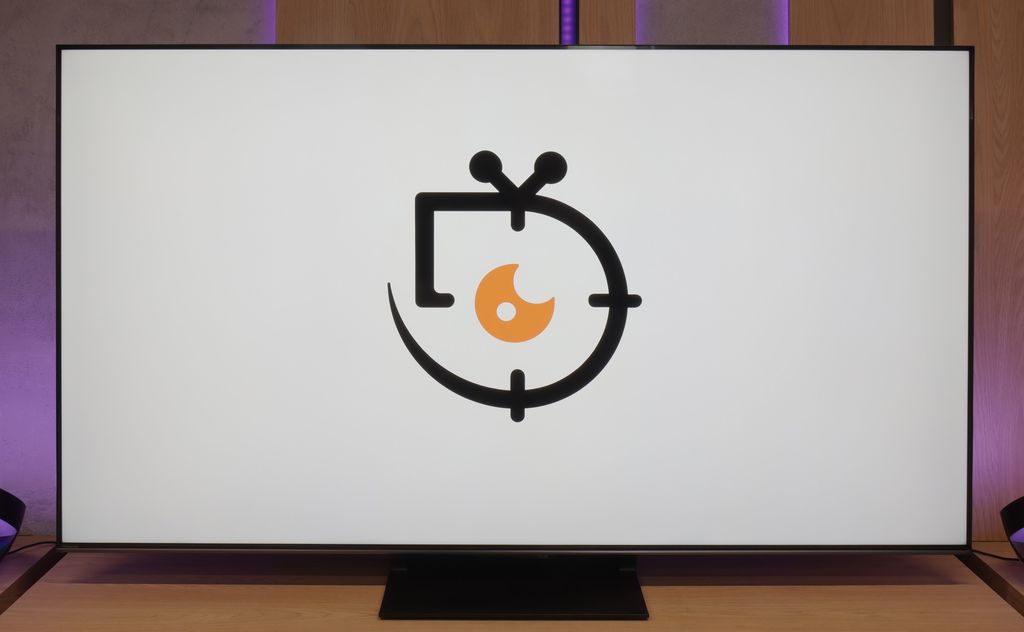
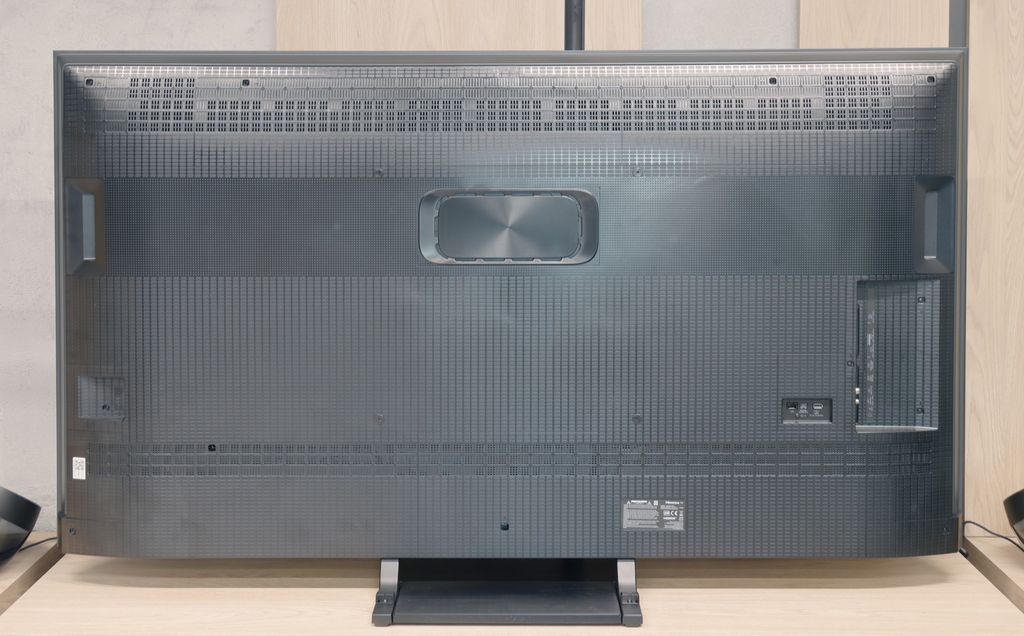
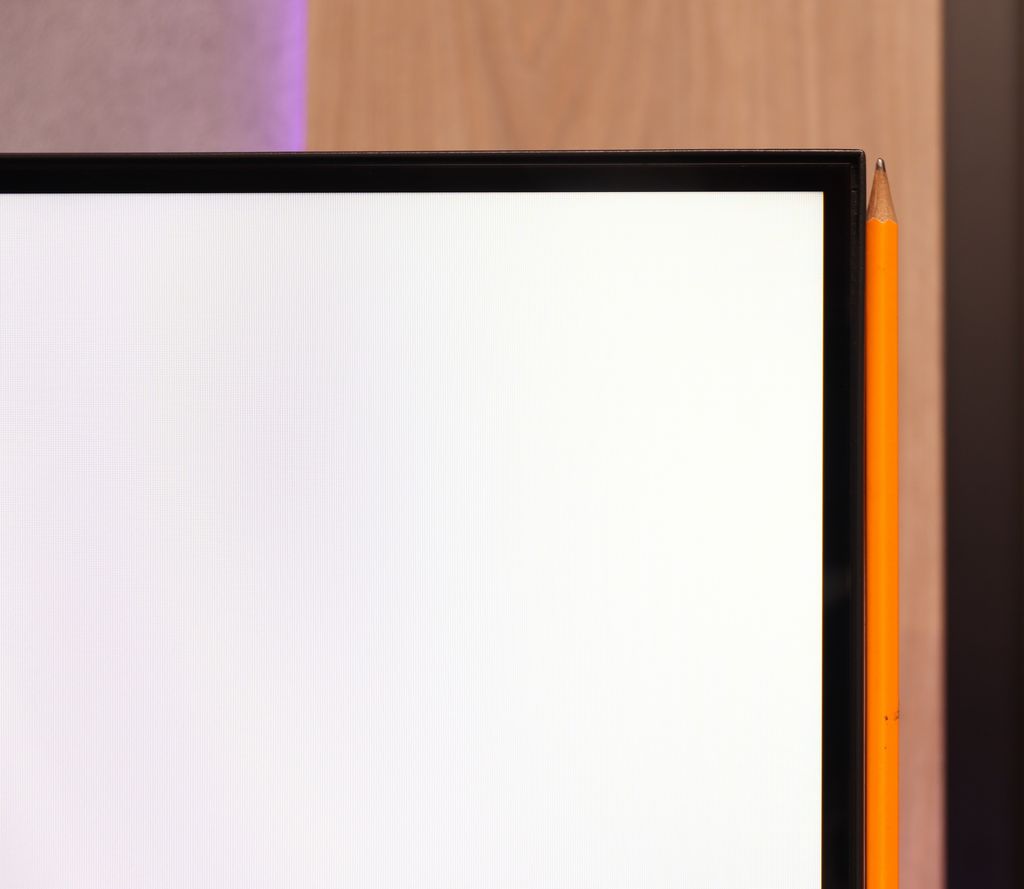

Contrast and black detail
3.3/10
8/10
Local dimming function: Yes, number of zones: 6 (6 x 1)
Local dimming function: Yes, number of zones: 560 (20 x 28)
Contrast:

Result
2,350:1

Result
1,250:1

Result
2,500:1

Result
1,450:1

Result
1,050:1

Result
340,000:1

Result
62,850:1

Result
42,000:1

Result
11,100:1

Result
7,500:1
Halo effect and black detail visibility:

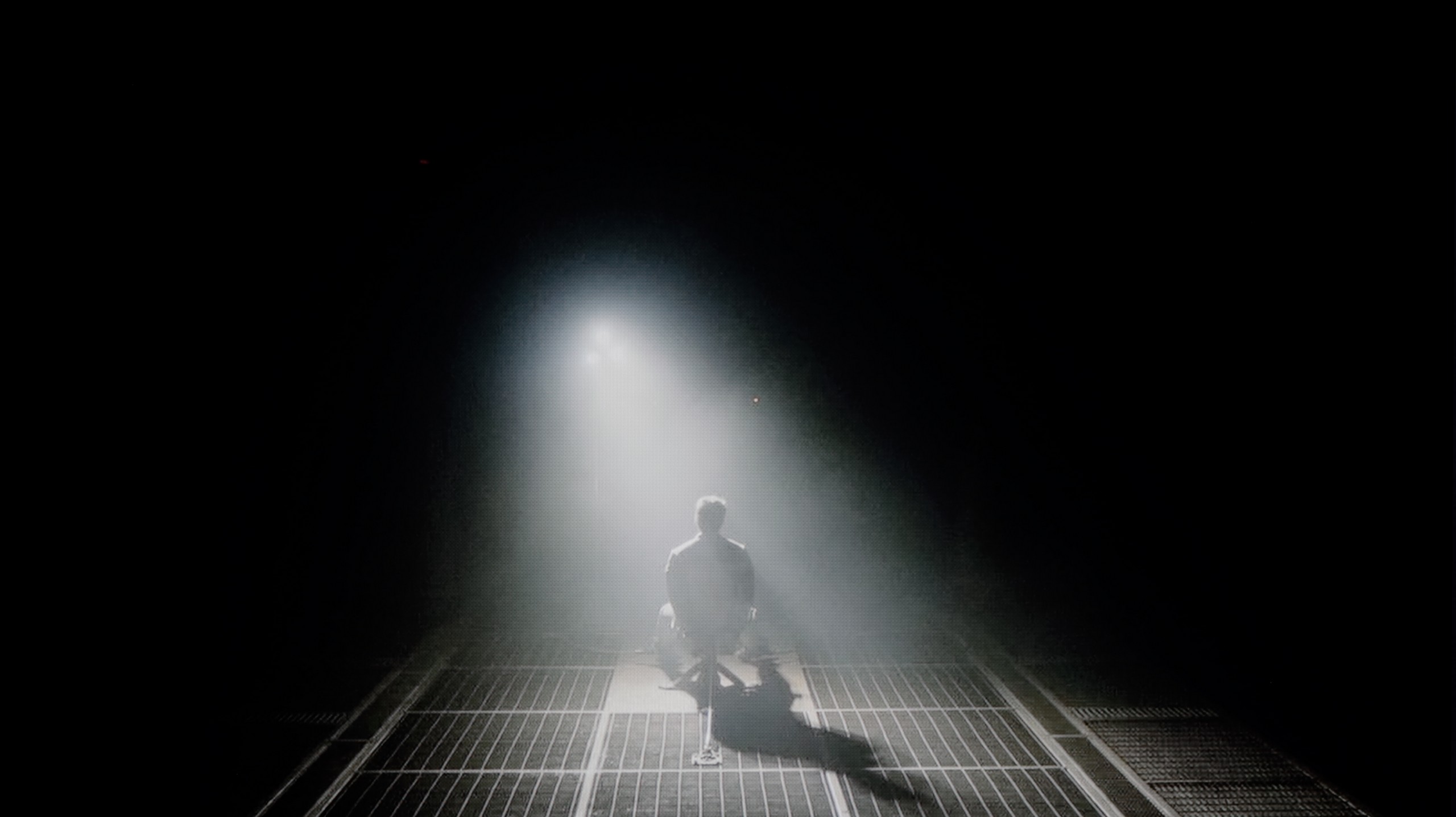
In the category of black levels and contrast, the television LG QNED87T6B has certain challenges to overcome. Equipped with an IPS panel, it does not match models with VA panels in terms of performance in this area. Additionally, the edge-lit dimming affects its poor results in this category. It is worth mentioning that the exception here is the 50-inch variant, which has a VA panel, and is not subject to this test.
Although the manufacturer offers a dimming control option, the effects remain relatively weak. Test patterns show that the contrast is truly miserable, and in the test scene from the film "Sicario 2," it is clearly visible how the television struggles with uneven backlighting, illuminating a large portion of the screen from below. This demonstrates that in more demanding scenes, the television has difficulties maintaining an appropriate level of contrast and black levels, which negatively impacts the overall visual experience.
Hisense U7Q PRO is a mini-LED television with a VA panel and – in the 65-inch version we tested – 560 local dimming zones. It's worth noting from the outset that this number varies depending on the size – larger screens will have more zones, while smaller ones will have fewer accordingly. However, regardless of this, the dimming system works really well here.
The contrast performs exceptionally well for the price range in which this model sits. In optimal conditions, the U7Q PRO can achieve results close to six-figure values, which not long ago was reserved for equipment at a much higher level. In practice – in scenes like the one from the film Oblivion – the image looks stunning. With slightly dimmed light in the room, it can be difficult at first glance to distinguish this television from organic screens. Of course, it is still an LCD with local dimming, so compromises are unavoidable. In more demanding scenes, where there are many small light sources, the U7Q PRO tends to dim too aggressively. Instead of a slight deterioration in black levels – some details that should be visible disappear. This is a side effect of the algorithm that strongly adheres to the rule of "black should be black," even at the cost of subtle image elements.
But nevertheless – contrast is one of the stronger points of this model.
HDR effect quality
5.2/10
5.8/10
Luminance measurements in HDR:

Result
409 nit

Result
486 nit

Result
574 nit

Result
464 nit

Result
439 nit

Result
1129 nit

Result
323 nit

Result
721 nit

Result
267 nit

Result
736 nit
Scene from the movie “Pan” (about 2800 nits)

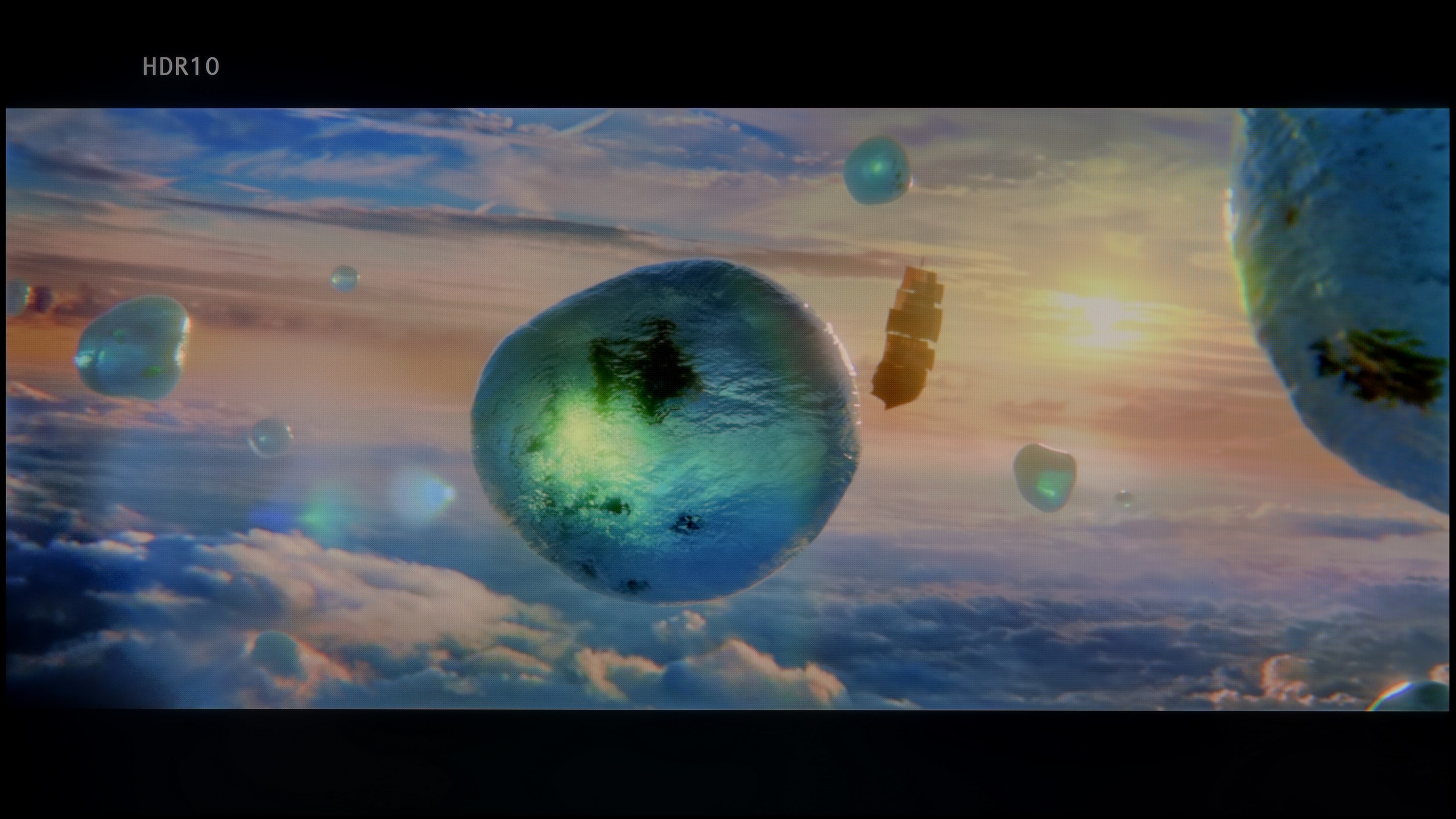
Scene from the movie “Billy Lynn” (about 1100 nits)


Static HDR10


HDR luminance chart:
Hisense U7Q PRO
Luminancja HDR
Luminance of RGB colors
LG QNED87T6B
Luminancja HDR
Luminance of RGB colors
LG QNED87T6B delivers truly decent visual experiences when it comes to HDR. During our tests on test patterns, the television achieved brightness close to 500 nits, which is a satisfactory result and allows for good visibility of details in high dynamic scenes. Support for basic HDR formats, such as HDR10 and HLG, ensures appropriate image quality. Unfortunately, the television does not support more advanced standards, such as Dolby Vision or HDR10+, which are particularly important at this screen brightness. The lack of support for dynamic metadata means that in certain scenes, the television may struggle to fully reproduce details, especially in very bright areas – precisely when dynamic metadata could significantly improve image quality. Nevertheless, it is worth noting the excellent coverage of the wide DCI-P3 colour gamut, reaching as high as 96.4%. This ensures that the colours displayed by the QNED87T6B model are more vibrant and natural, enhancing the quality of 4K content with a wide colour palette.
U7Q PRO is truly a bright television. In synthetic tests, it achieved over 1500 nits, which is an outstanding result for this price range. Such brightness – at least in theory – allows for HDR content to be displayed as intended by the creators, even in more demanding scenes with strong lighting. In practice, it is often very good, but not always perfect. In bright scenes with large areas – like the test chart with intense sunlight from the movie "Pan" – the U7Q PRO makes a huge impression. It can almost dazzle with its brightness, which is definitely an advantage in the context of HDR content. Unfortunately, it doesn't always manage to maintain this when many small bright details appear on a dark background. In such moments, the local dimming algorithms choose to dim some bright elements to maintain good black levels – and the side effect is that some details simply disappear from the frame. This is a classic compromise in mini-LED televisions – and the U7Q PRO is no exception. However, with such a large number of dimming zones, one could have hoped for a slightly more mature algorithm responsible for their control. Fortunately, the overall perception of HDR content is decidedly positive. The U7Q PRO is not only bright but also colourful, thanks to the PFS LED (QLED) coating, the coverage of the DCI-P3 colour palette is at 95%, while BT.2020 is around 73%.
Factory color reproduction
5.4/10
6.2/10


Factory Mode
After calibration


Factory Mode
After calibration
The colour reproduction in the LG QNED, even in Filmmaker Mode, which is the best factory setting, is not without flaws. The main issue is the white balance – we noticed that the level of blue on the graph tends to decrease. This results in a shift towards yellow tones, making the image appear warmer than it should. This deviation affects the naturalness of colour reproduction, especially in scenes with a white or neutral background. The Color Checker test confirmed that some colours are distorted and deviate from reality. Such distortion can make cinematic scenes seem less realistic, and details are represented in incorrect colours, which negatively impacts the overall picture quality.
In terms of contrast, the analysis of the gamma graph revealed significant drops, while the optimal value should be 2.4. This means that the television may display darker parts of the image brighter in certain scenes, which reduces their depth and dynamism. Additionally, on the EOTF curve, which is responsible for brightness reproduction, an unnatural drop was noted at the beginning. This phenomenon may result in less accuracy in reproducing dark scenes, which in turn affects the overall picture quality. The television may not convey the full depth of black, causing more demanding scenes to lose realism and detail. As a result, viewers may notice that details in the darker areas of the image become less distinct.
We tested the U7Q PRO in the best possible picture mode offered by this model – Filmmaker Mode. And indeed, this mode performs the best in terms of colour reproduction. However, that doesn't mean it's perfect. In our test unit, both in SDR and HDR content, the image had a slightly cooler tone. The white balance was skewed towards blue, giving the overall impression of being a bit "colder". It may not be glaring, but it is definitely noticeable – especially on white backgrounds, which seemed slightly bluish rather than neutral. Additionally – as we mentioned earlier – the television has a tendency to slightly brighten and oversaturate the image, which is also confirmed by the gamma and EOTF graphs. All this together means that without calibration, the image can appear somewhat unnatural – too cool, with slightly exaggerated dynamics. Therefore, we decided to carry out our own calibration – and you can see its effects and graphs below.
Color reproduction after calibration
7.8/10
7.5/10

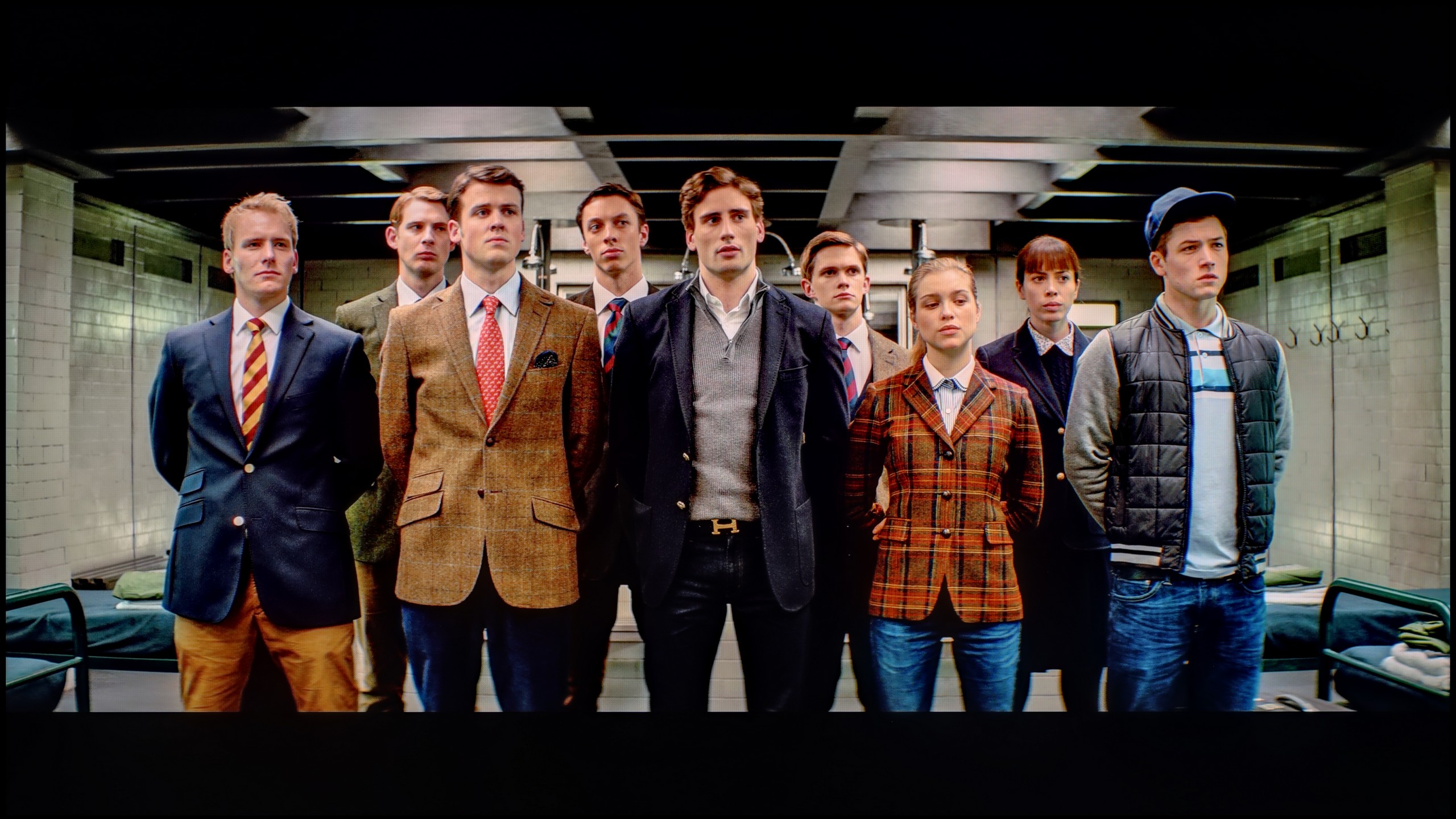

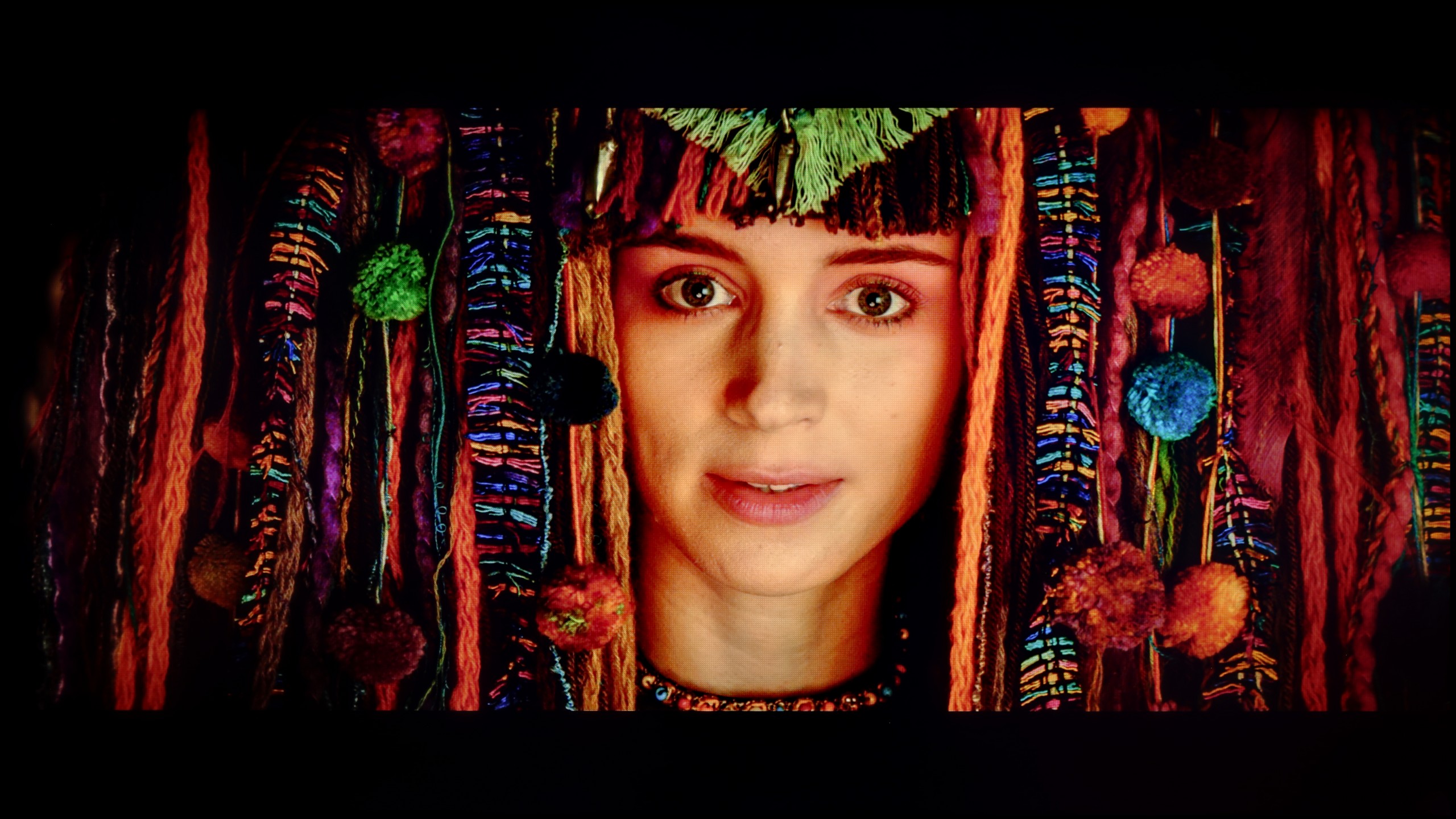
After calibration, the colours in SDR content look very good. The improved white balance translates to natural and harmonious shades in various scenes. Thanks to the precise adjustment of the gamma, details in shadows and bright areas of the image are accurately reproduced. The television performs excellently in everyday use, offering vivid, well-balanced images and solid colour quality in HD quality. The greatest beneficiary here is also the contrast. The gamma chart has been freed from very large errors, so here the television has gained a second face.
As for the white balance in 4K HDR, it has also been significantly improved. However, certain errors still appear at the end of the chart. This could be due to the overly aggressive operation of the television's local dimming, which affects the accurate reproduction of colour in certain scenes. It is difficult to speak here of an improvement in brightness represented by the EOTF curve. Due to its construction limitations, the television has certain disadvantages and we are not able to overcome them. The Color Checker test confirms the issue with colour saturation – despite the television offering a wide colour palette, it is not able to fully convey what the director intended.
Despite these shortcomings, the overall picture quality after calibration is significantly better than before. Improvements in white balance and gamma adjustment make images more vivid, and colours closer to reality.
Thanks to the calibration, we managed to tame the white balance in SDR and HDR content. In the case of SDR materials, the effect is really very good – the image becomes neutral, cohesive, and simply pleasant to take in. Everything looks as it should.
HDR performs a bit worse. Although the white balance appears correct and the image overall gains in naturalness, unfortunately, the delta E errors remain noticeable. Why? Because Hisense does not give us full control over how the television manages brightness in HDR mode with the U7Q PRO model. This is where the limitation comes into play. When we look at the EOTF curve for HDR content, we can clearly see what we mentioned earlier – at the beginning of the graph, there is a distinct drop, meaning the television darkens the smallest areas more than it should. On the other hand – the brightest elements can sometimes be overly bright. As a result, some details get lost, others are too aggressive, and overall control over brightness does not always match what we are trying to achieve during calibration.
Does the image look better after calibration? Definitely yes, in terms of colour. But when it comes to managing brightness in HDR, we have to accept that the Hisense U7Q PRO will do it in its own way.
Smoothness of tonal transitions
8.6/10
9.5/10

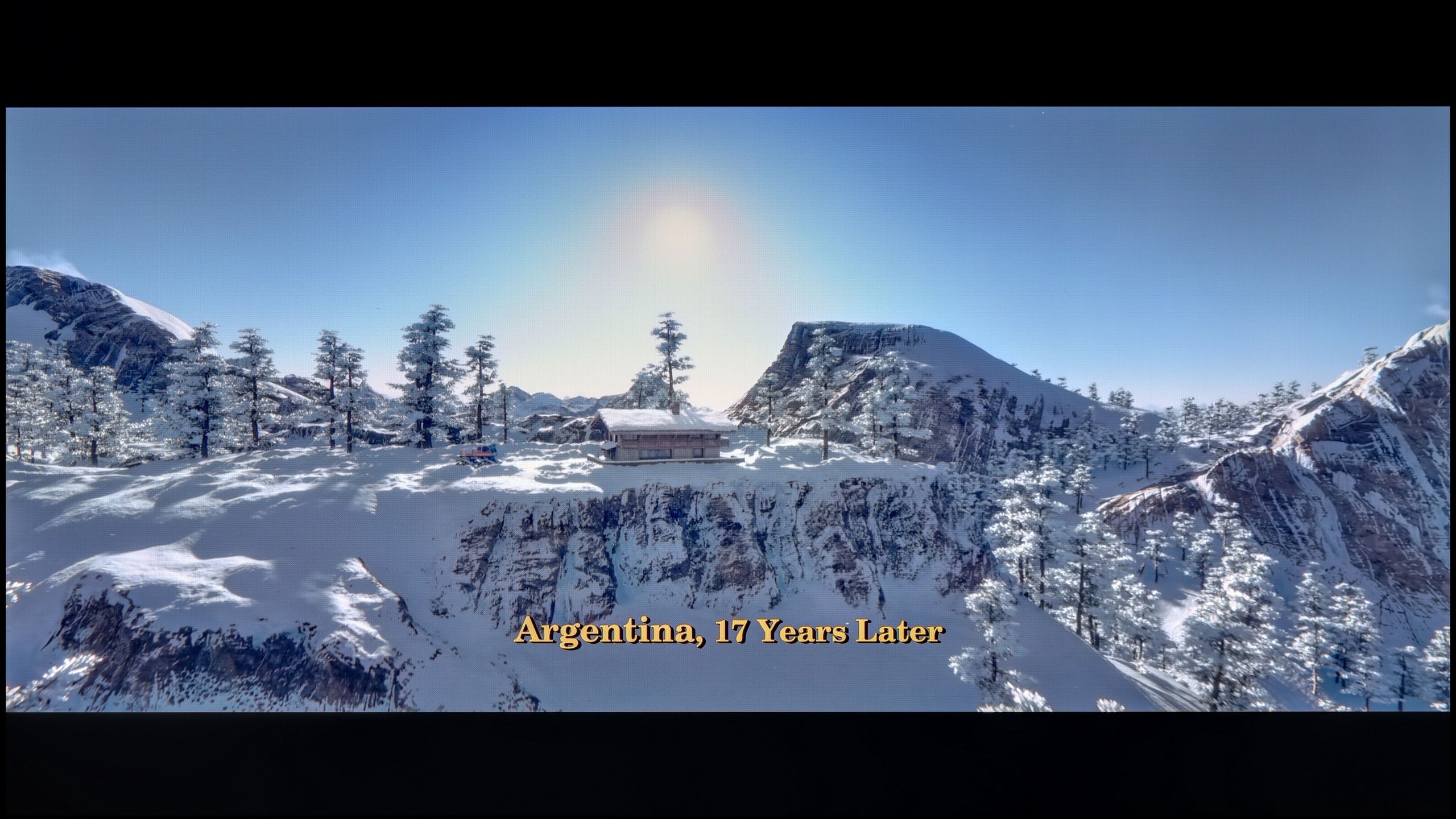





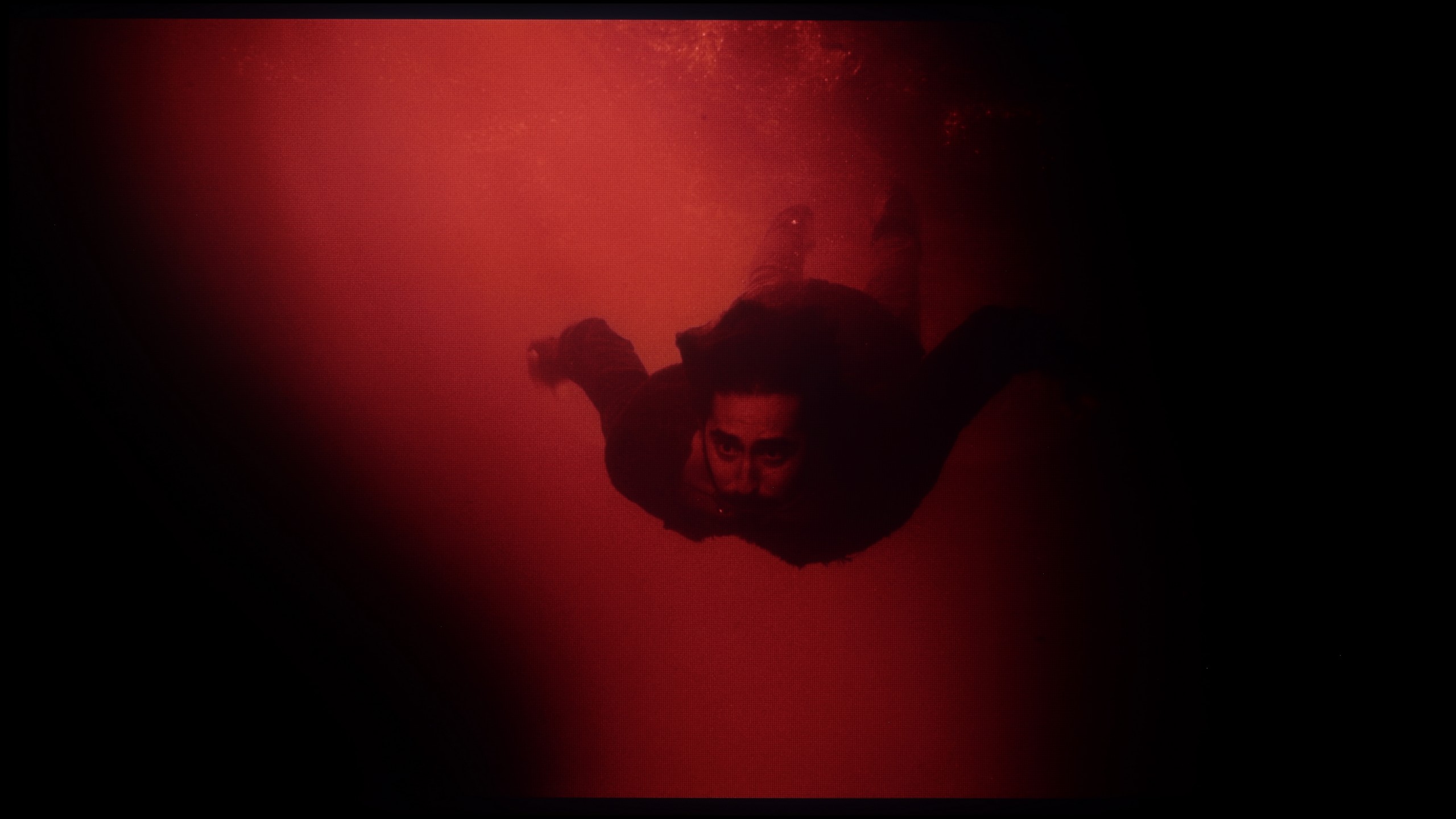




The gradation in LG QNED is quite good, despite minor issues on the colourful dark sky. These slight flaws do not detract from the fact that the gradation is one of the positive aspects of this model. Overall, the television performs well with smooth transitions of colours.
The U7Q PRO handles tonal transitions really well. Colours blend smoothly, without any banding, stripes or strange artefacts. Even in more challenging scenes that typically expose any imperfections – there was nothing to criticise here. The image simply looks clean. Gradients – both coloured and grey – are smooth, nothing tears, nothing distracts. This is one of those elements that you don’t pay attention to while watching… certainly not in the case of the U7Q PRO.
Image scaling and smoothness of tonal transitions
8/10
7/10
Smooth transition function

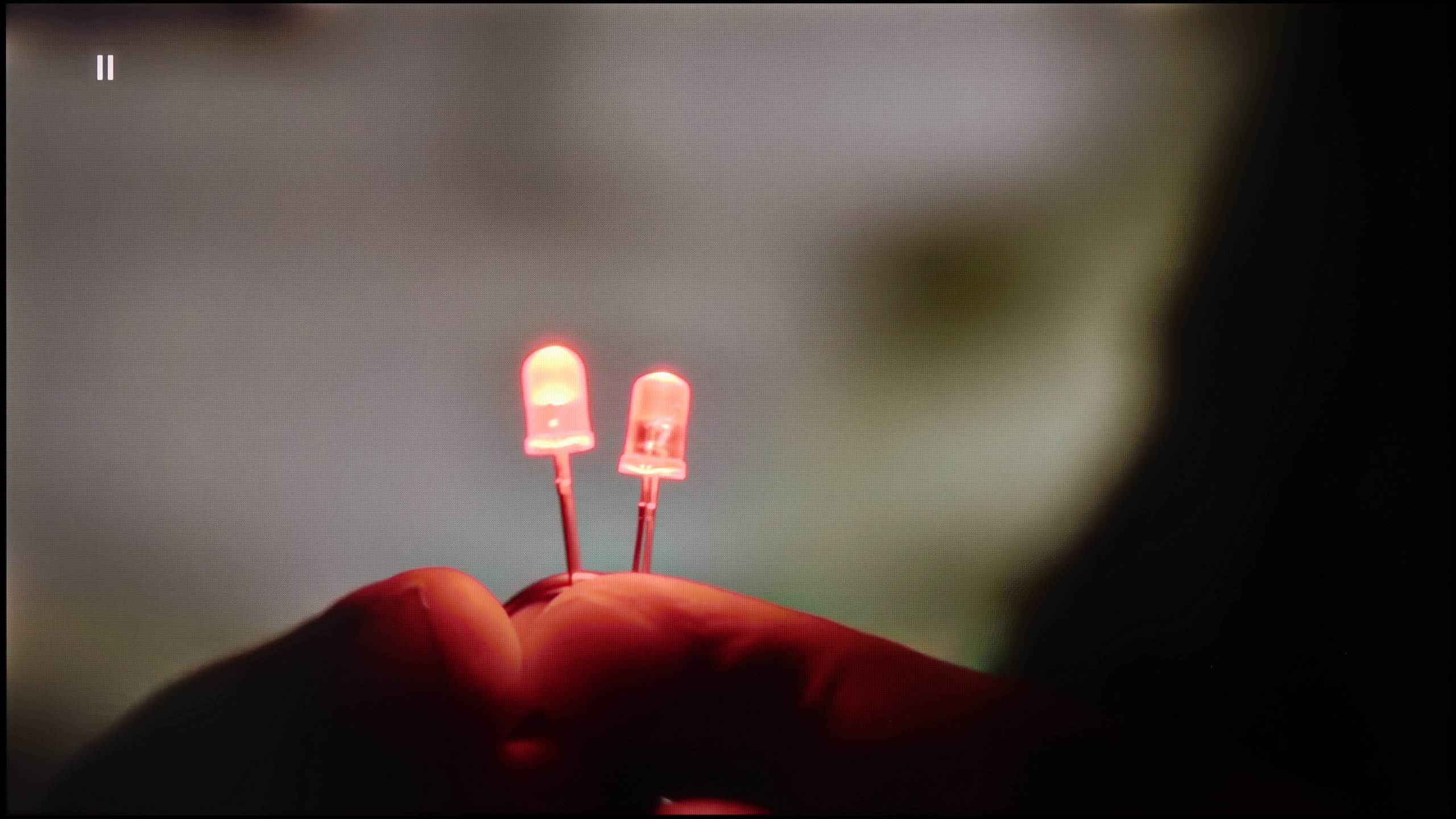
Image without overscan on the SD signal


When it comes to lower quality materials, the gradation looks really good. A feature called "Smooth Gradation" effectively smooths out the most problematic areas of the image without negatively affecting the film grain. For the best effect, it’s worth setting it to a low level. This solution significantly improves the quality of the displayed content and makes watching lower resolution materials more enjoyable and smoother.
In terms of digital processing, the image is displayed without cropping, known as overscanning. Although slight fringing of the branches against the model’s background can be noticed, the overall presentation is very good. Users should be satisfied with the image quality when watching low-quality materials, such as standard television. The television handles this task exceptionally well, providing a satisfying visual experience even with lower quality content.
If someone happens to come across older materials where the colour banding issue occurs – Hisense has a solution for that. In the U7Q PRO, we find a function called "Smooth and Gradient Image". Set to the "Medium" level, it works really well – removing most issues with gradation while not smoothing out the entire image, like blurring in Photoshop. 😉 Film grain remains, details do not disappear – this is exactly how it should work. Well done on the implementation!
As for upscaling weaker materials, it is simply good. It is not at the level of the most expensive televisions with advanced upscaling, but older content looks good. There is minor aliasing at very low resolutions, but this is completely normal and hard to avoid. On the plus side – even with the oldest materials, there is no overscan effect, the image is neither cropped nor artificially stretched.
Blur and motion smoothness
7.8/10
7.5/10

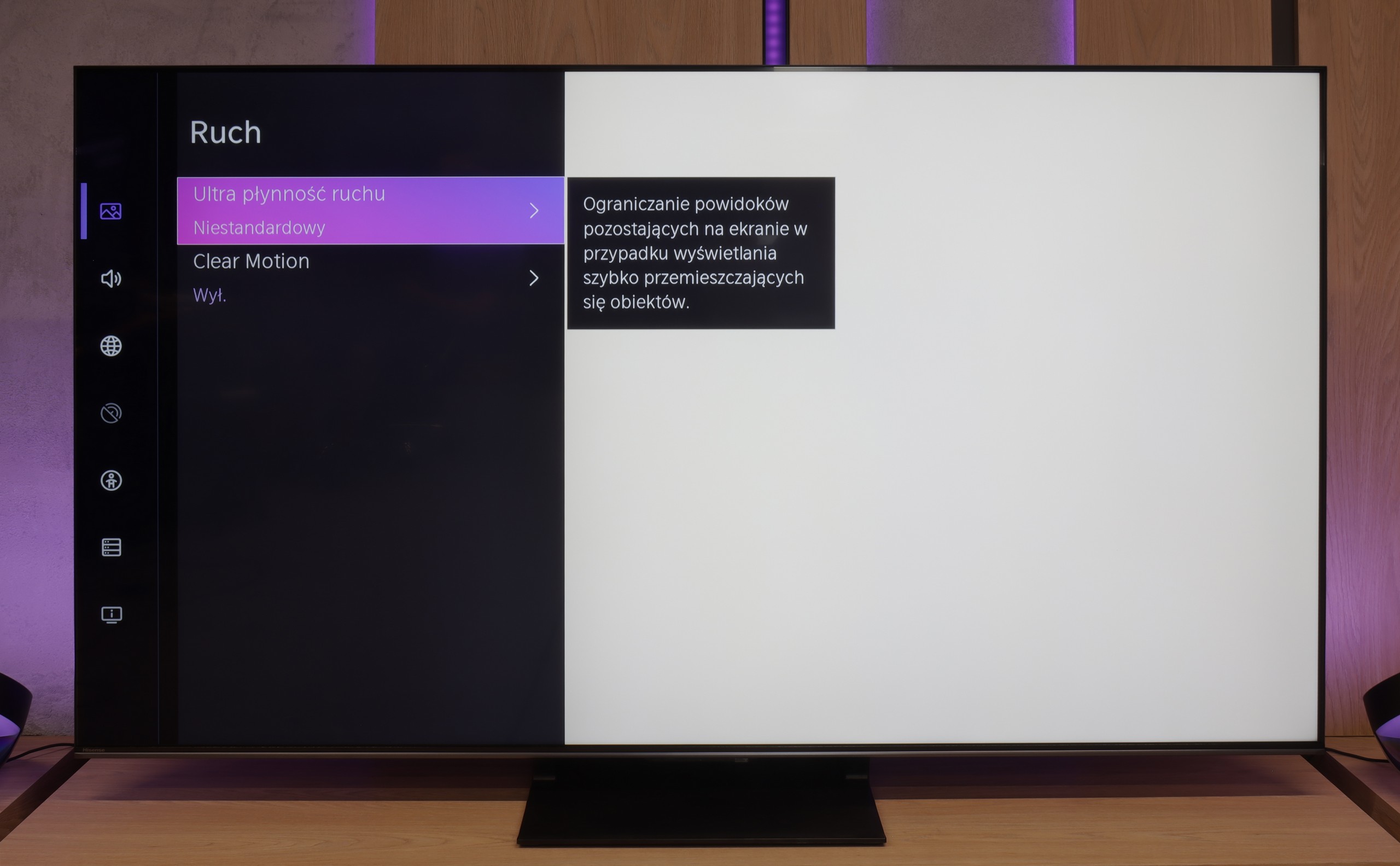
Blur (native resolution, maximum refresh rate):



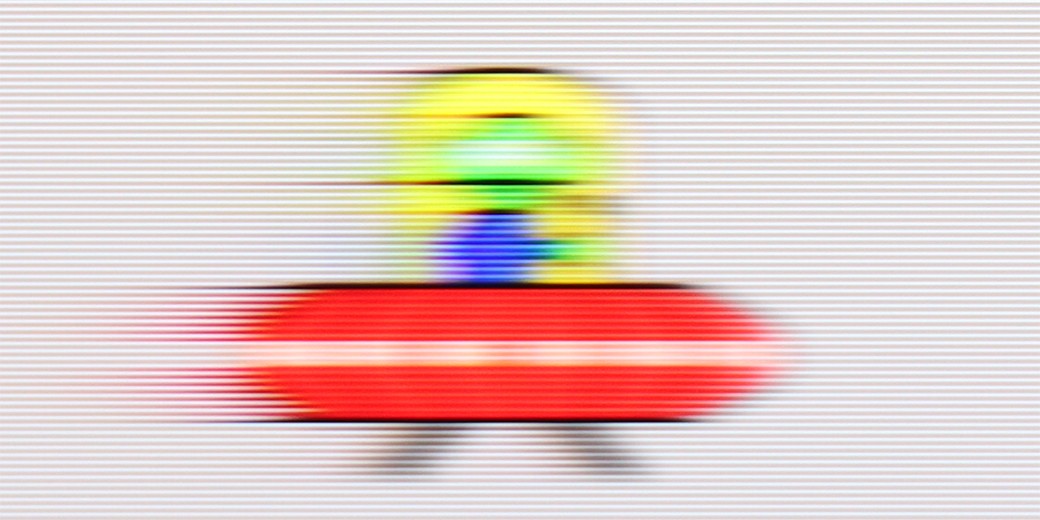
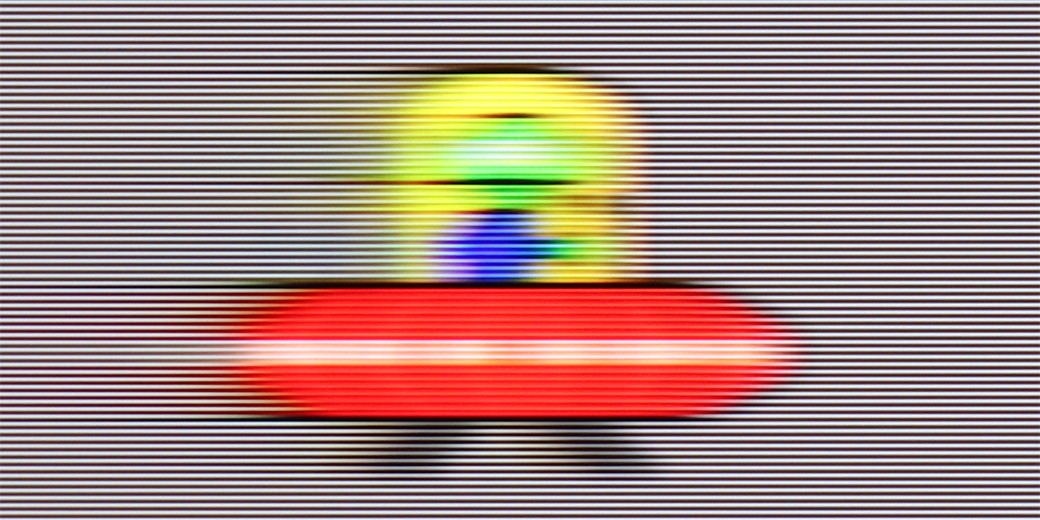
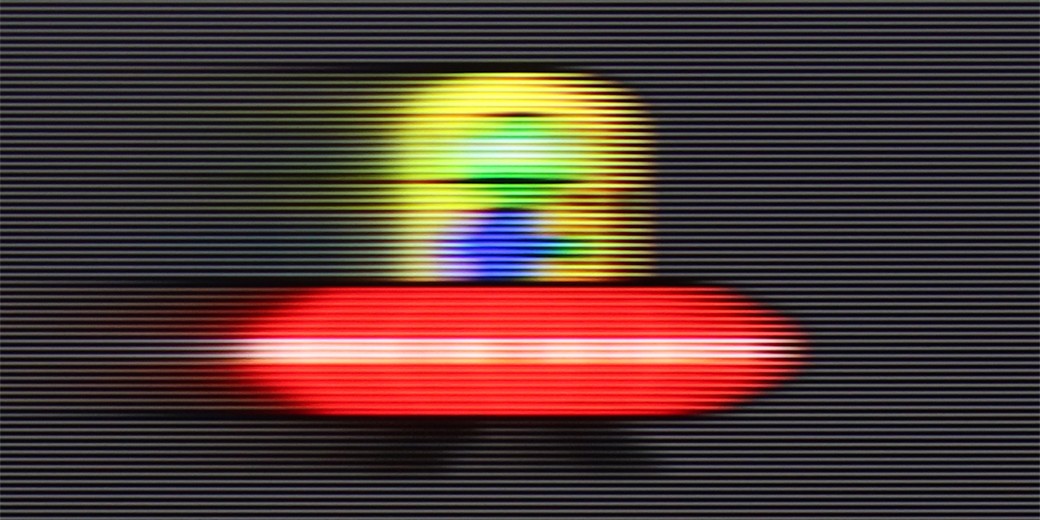
Blur (BFI function enabled):






Smużenie ():
Smużenie (1080p 288Hz):

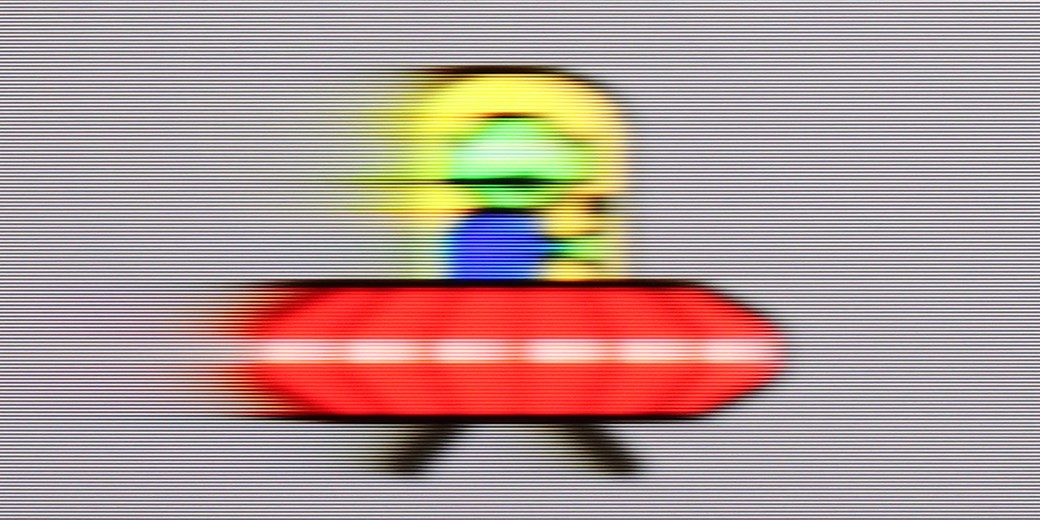
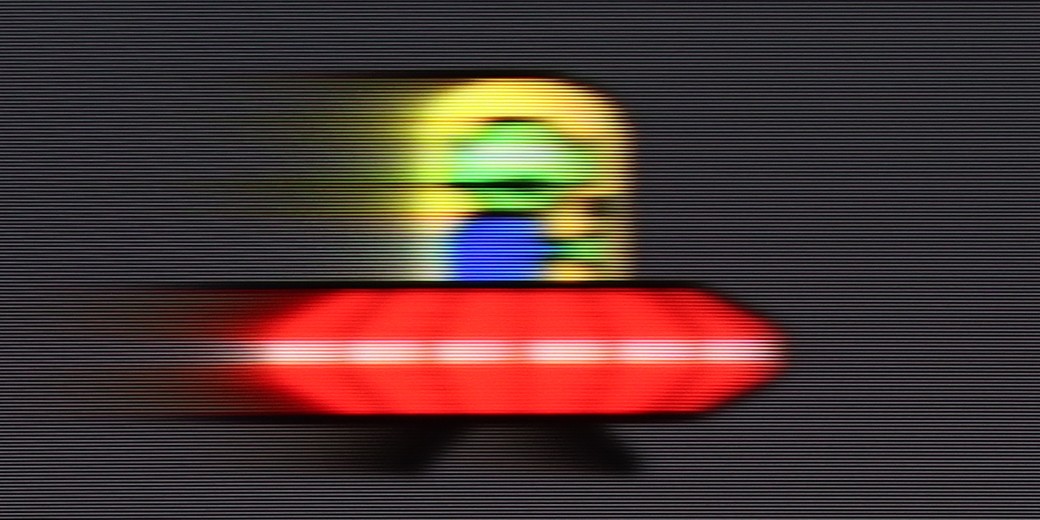
The television provides decent smoothness when watching films, thanks to the "Tru Motion" feature that allows for adjustment of the motion smoothing level on a scale from 0 to 10. De-Judder adjusts motion smoothness, while De-Blur regulates motion sharpness. The user has the option to choose between a traditional, cinematic effect with slight judder (lower settings) and a smoother, theatrical image. Although the latter slightly deviates from the cinematic standard, it may be appealing to many viewers.
As for gamers and sports fans, the LG QNED87 television with a 120Hz panel will certainly not disappoint them. And with the use of an IPS panel, the response time is generally better than that of VA panels available at a similar price. This guarantees smoother gameplay and dynamic experiences when watching sports events.
“Speed” – this word came up most often during our tests of the U7Q PRO. The television is equipped with a 165 Hz panel, which is impressive in itself – especially since we are talking about a model in the mid-range price category. Of course, PC gamers will benefit the most from its full capabilities, but even with everyday viewing, it's clear that this is a fast and efficient panel. Like most modern televisions, the U7Q PRO can also enhance the fluidity of films that were originally recorded at 24 frames. In the menu, we find a slider that allows us to adjust the effect to our own preferences – from a more cinematic look, with subtle motion, to stronger smoothing with the characteristic “telenovela effect.”
Console compatibility and gaming features
9.2/10
8.5/10
- ALLM
- VRR
- VRR range48 - 120Hz48 - 288Hz
- Dolby Vision Game Mode
- Correct implementation of HGIG
- 1080p@120Hz
- 1440p@120Hz
- 4K@120Hz
- Game bar

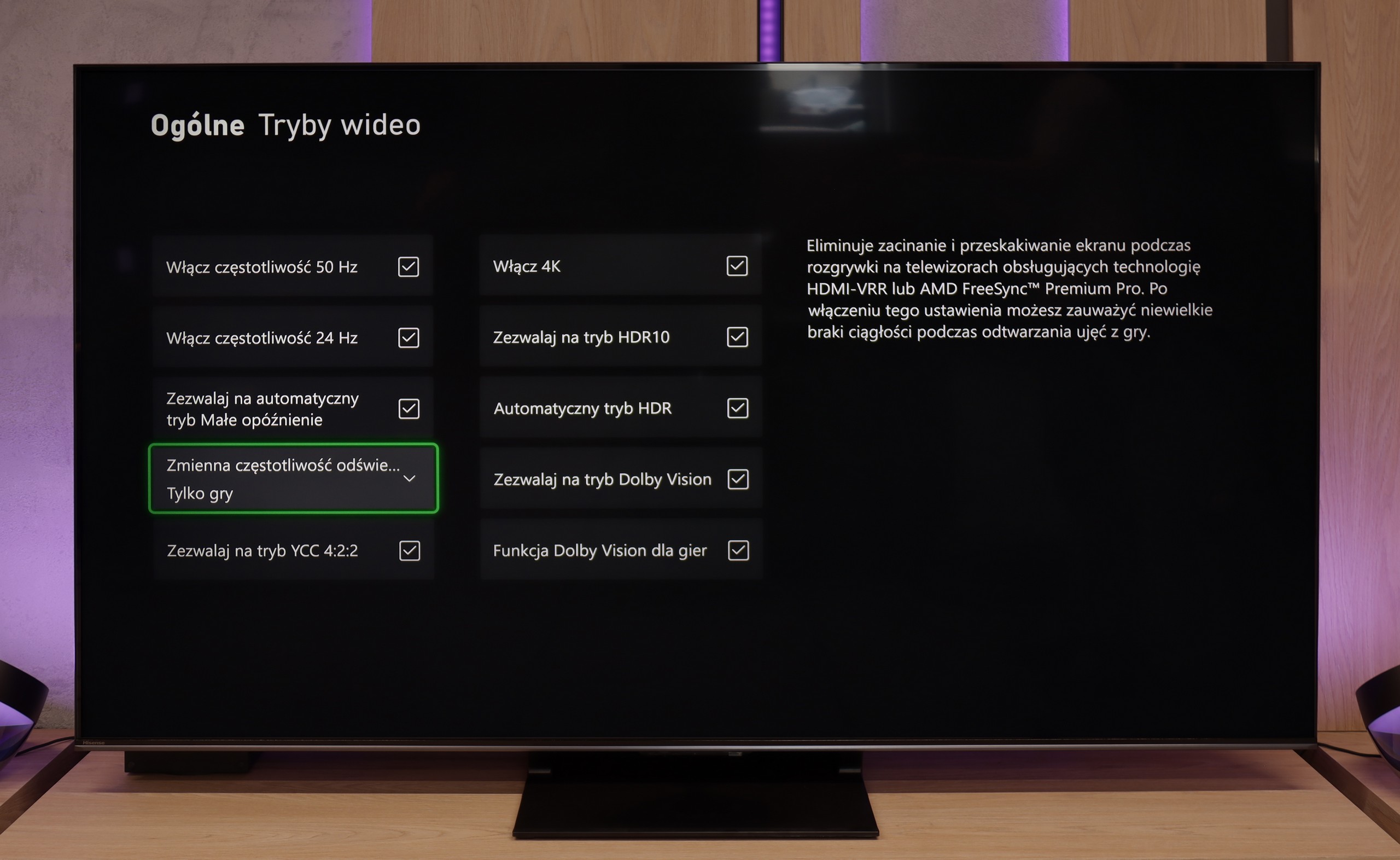



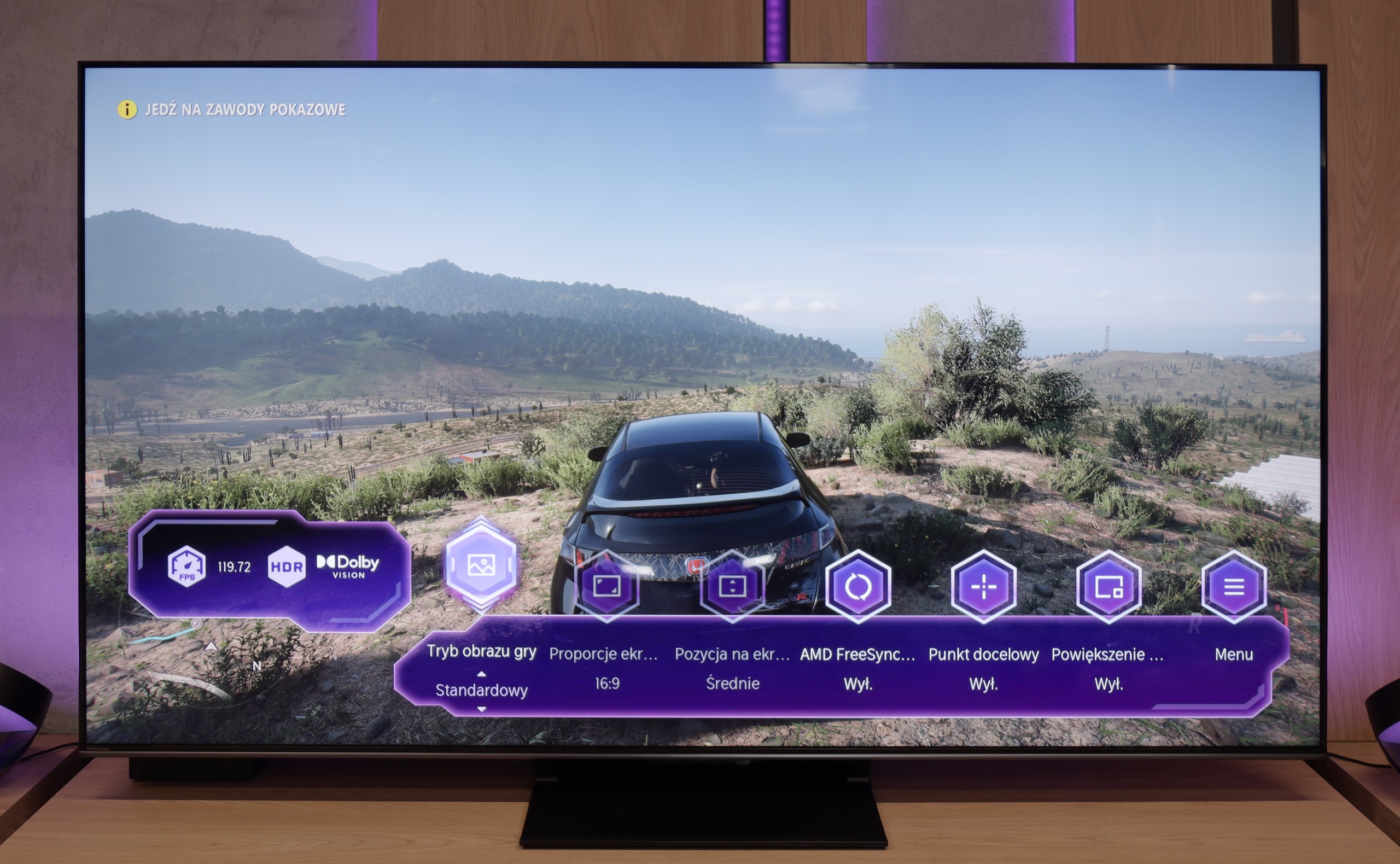

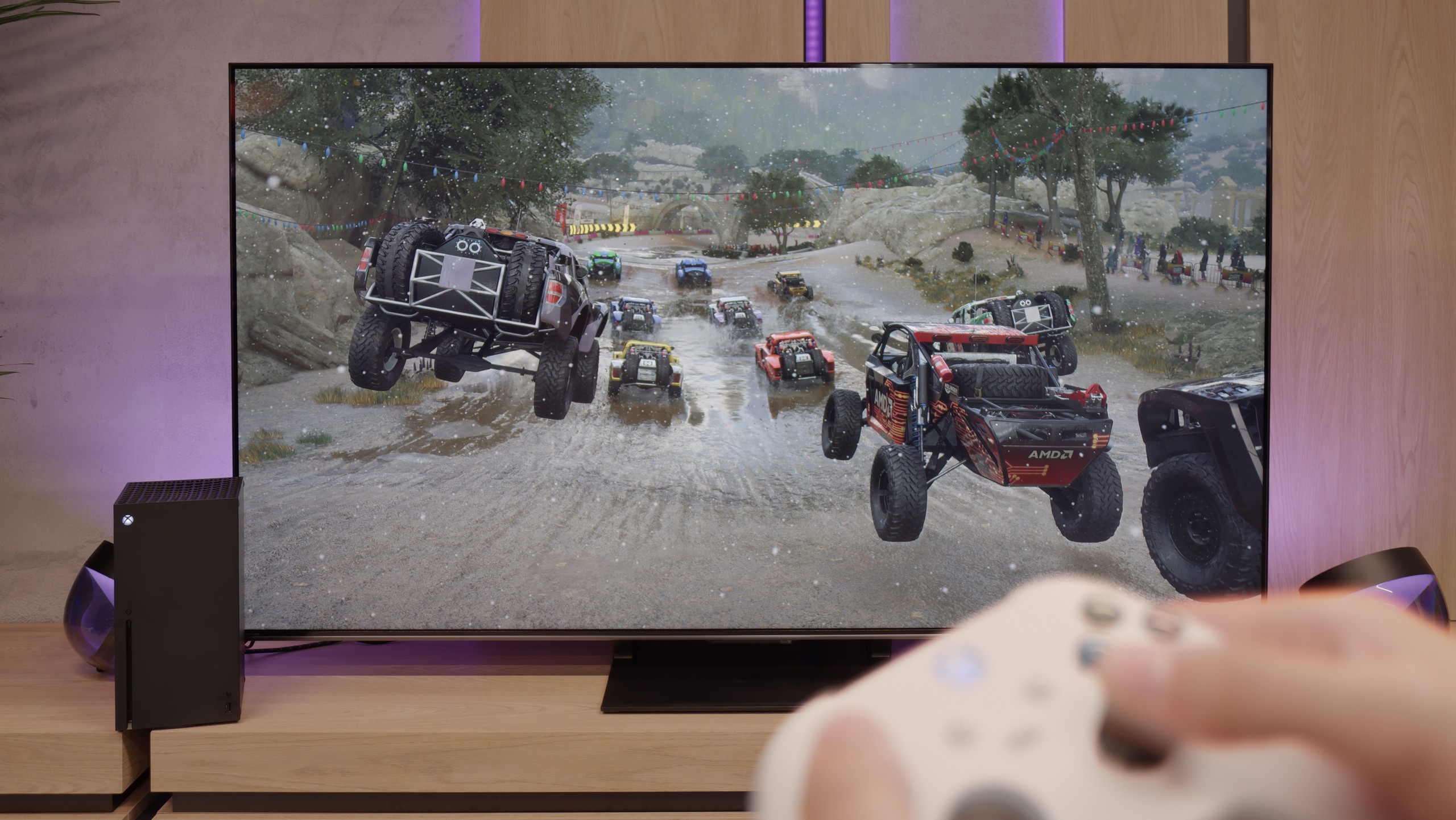
LG QNED offers a range of features that make it an excellent choice for gamers looking for a high-performance television. The television is equipped with four HDMI 2.1 ports, allowing for connection to the latest consoles, such as PlayStation 5 and Xbox Series X, and taking full advantage of features including Variable Refresh Rate (VRR) and Auto Low Latency Mode (ALLM). With the Game Bar feature, gamers can quickly and easily manage all their game settings without having to navigate through complicated menus. It is possible to adjust parameters such as VRR, ALLM, Multi View, and monitor frame rates. The television also supports G-Sync and FreeSync technologies, which is particularly important for owners of Nvidia and AMD graphics cards. G-Sync and FreeSync synchronise the television's refresh rate with the graphics card. The 120Hz panel ensures incredible motion smoothness and image clarity. Combined with the Black Frame Insertion (BFI) feature, available at 60Hz and 120Hz, gamers can enjoy an even clearer and smoother picture. LG QNED87 is a television that will meet the expectations of even the most demanding gamers, offering modern technologies and features that significantly enhance comfort and satisfaction in gaming.
The Hisense U7Q PRO is a television that seems almost designed with gamers in mind. It has practically everything one could expect from a gaming display: variable refresh rate (VRR), automatic low latency mode (ALLM), and as many as four HDMI 2.1b ports with full bandwidth of 48 Gb/s. Additionally, there is a clear and quite functional Game Bar, as well as a well-implemented Dolby Vision GAMING mode that works seamlessly with Xbox Series S and X consoles.
Sounds like perfection? Well, almost. Unfortunately, Hisense has still not implemented the HGiG feature, which means the system limitation of tone mapping on the television side. This means that when configuring HDR brightness on the console, we do it "by eye" or search for settings in online guides, as the display does not show the actual range of its brightness. It’s a pity – because HGiG indeed makes it easier to match the console to the television and helps avoid overexposure or overly dark scenes in HDR games.
Fortunately, the other features work very well. Input lag is low, responsiveness is excellent, and the handling of other functions is impeccable. And while not everything worked perfectly, the U7Q PRO can still be recommended to gamers without hesitation.
Input lag
9.9/10
9.8/10
SDR
HDR
Dolby Vision
LG QNED stands out with an extremely low input lag, which is crucial for smooth and responsive gameplay. For a refresh rate of 120Hz, input lag values do not exceed 6 ms, whereas at 60Hz, the input lag reaches a maximum of 15 ms. These are truly impressive results that ensure player reactions are almost instantly reflected on the screen.
In terms of signal latency, the Hisense U7Q PRO performs really well. For 120 Hz content, the input lag remains below 10 ms, which translates to a lightning-fast response – the screen almost instantly reacts to our movements, something console and PC gamers will particularly appreciate. With 60 Hz content, the situation is somewhat worse, as the response time doubles – this is natural and applies to virtually all televisions. Nevertheless, it still remains below 20 ms, which can be confidently considered a very good result, even close to perfection – and in practice, it is hardly noticeable during gaming.
Compatibility with PC
7.6/10
8.2/10

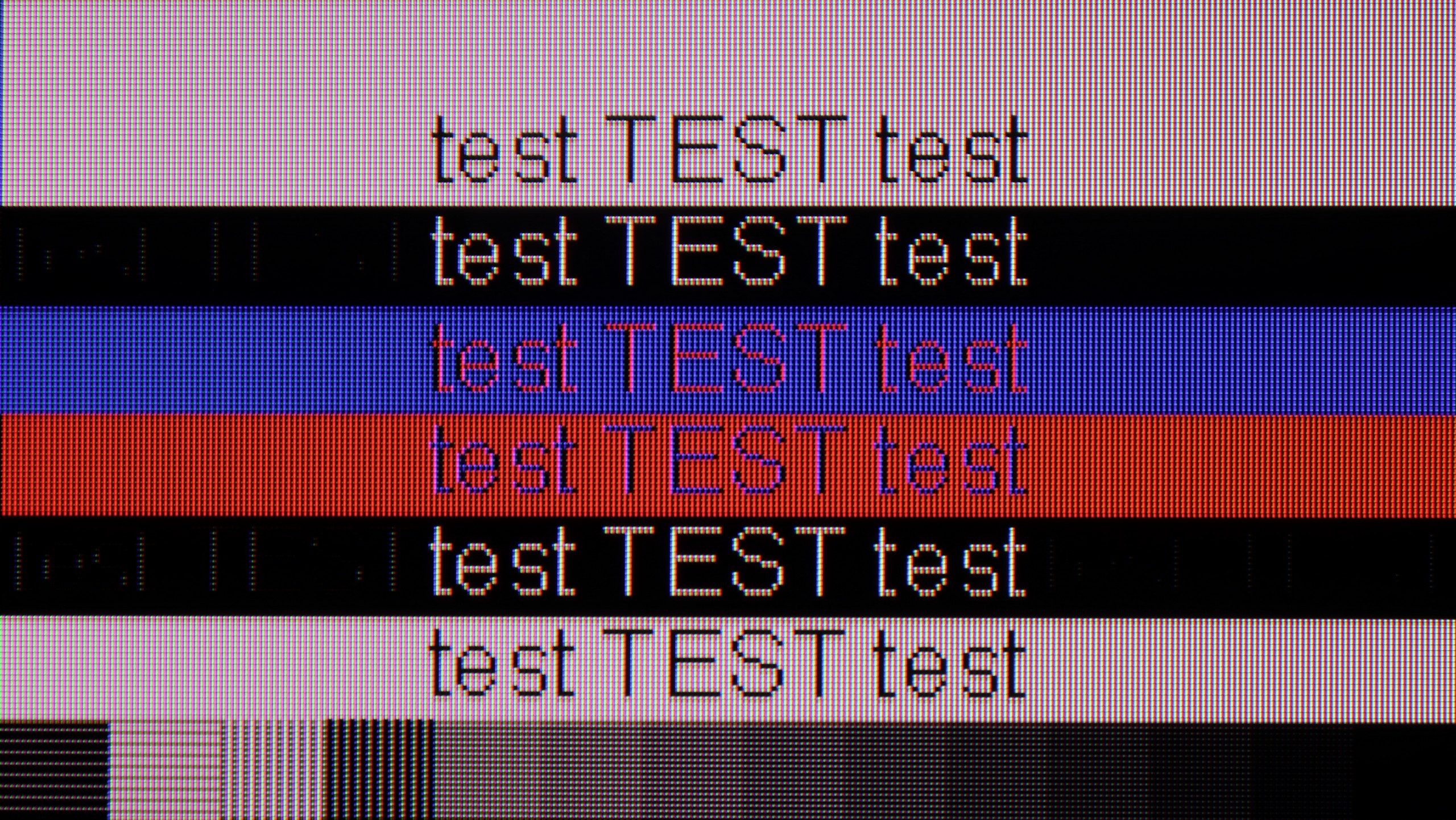
The LG QNED television works excellently with a computer, offering very good font readability. As a result, working and browsing content is exceptionally comfortable. The high refresh rate of 120Hz ensures a smooth and vivid image. It combines a large workspace with efficiency, making it a real pleasure to use. However, for more demanding users, the disappointing fact may be that the television has issues displaying fonts on a dark background. Instead of white letters, they take on a greenish hue.
Playing on PC using the Hisense U7Q PRO is pure fun. Low input lag, full 165 Hz in 4K and even 288 Hz in Full HD - these are numbers we wouldn’t expect from a television at this price. In this regard, it’s really hard to fault anything. If someone is looking for a large screen for gaming from a PC - the U7Q PRO can confidently serve as a monitor. It performs slightly worse for everyday work with text. Although chroma 4:4:4 is present, so theoretically everything should look good. But in practice, grey fonts on a dark background look strange – vertical lines are sharp, but horizontal ones can blur, disappear, or appear slightly dimmed. However, it must be honestly added that if you use the television as usual – that is, from a few metres away – you probably won’t notice this. The problem only becomes visible when someone places the U7Q PRO on a desk, a metre from their face, and starts working with text or spreadsheets. If you plan to use it in that way – it’s worth keeping this in mind.
Viewing angles
7.1/10
3/10
When it comes to viewing angles, LG QNED87 performs really well. Thanks to the use of an IPS panel, it offers wide viewing angles compared to VA panels. This means that the image remains clear and does not lose quality even at an angle. Although it may not achieve results as perfect as OLED televisions, which maintain colours and brightness regardless of the viewing angle, in the context of LCD QNED87 screens, it stands out positively. This makes it an excellent choice for larger rooms where viewers often watch from an angle.
In this regard, the U7Q PRO performs moderately. The television is equipped with a VA panel, which inherently is not known for wide viewing angles. When we start looking at the screen at an angle, the image noticeably loses brightness, and the colours begin to wash out. This is a completely normal phenomenon in VA panels without additional coatings that widen the angles – so if you plan to watch from the side or in a larger group, it’s worth keeping this in mind. On the other hand, directly in front – the image looks great, with deep blacks and very good contrast, much better than on IPS/ADS type panels.
TV efficiency during daytime
4.8/10
6.2/10



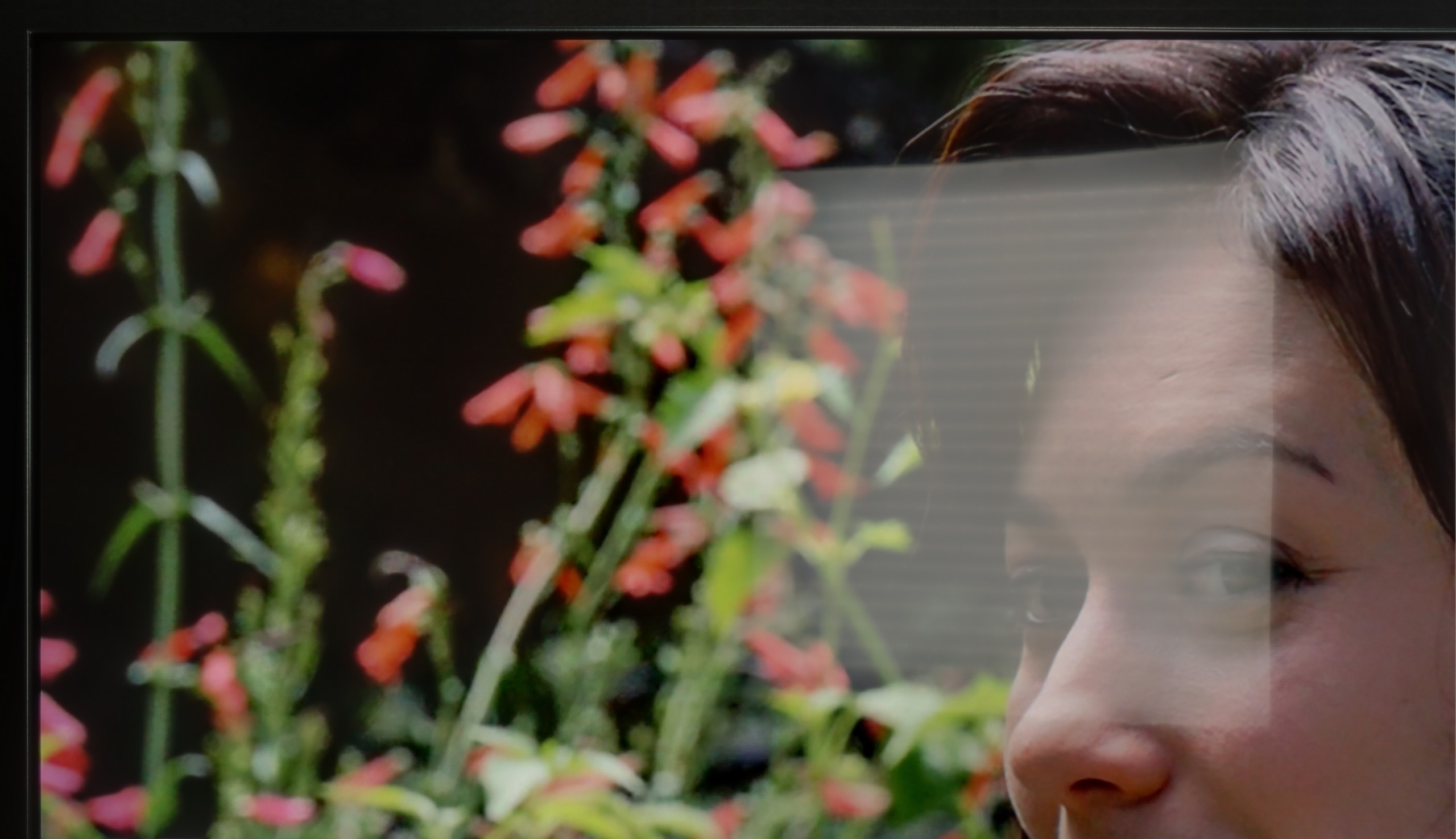
Matrix brightness
Average luminance SDR
Hisense U7Q PRO: 472 cd/m2
LG QNED87T6B: 428 cd/m2
During the day, the LG QNED television performs acceptably. It has a satin finish panel that doesn't suppress reflections very well, which can be noticeable in bright rooms. Nevertheless, thanks to quite good brightness of 430 nits, the picture remains visible and readable. Although reflections can be somewhat distracting, the television's brightness allows for comfortable use during the day.
As we mentioned earlier – the U7Q PRO is really a bright television, especially when it comes to HDR content. For SDR material, the television dims a bit, but an average brightness of around 500 nits is still a very solid result. This means that it's easy to watch television or movies even in quite a bright room. Only in very extreme lighting conditions – for example, strong sunlight directly on the screen – can visibility be somewhat affected. Fortunately, Hisense has applied a satin anti-reflective coating that effectively suppresses reflections, and the blacks retain their depth even during the day. This makes a difference and allows for comfortable use of the television in various lighting conditions.
Details about the matrix
Subpixel Structure:

Panel uniformity:

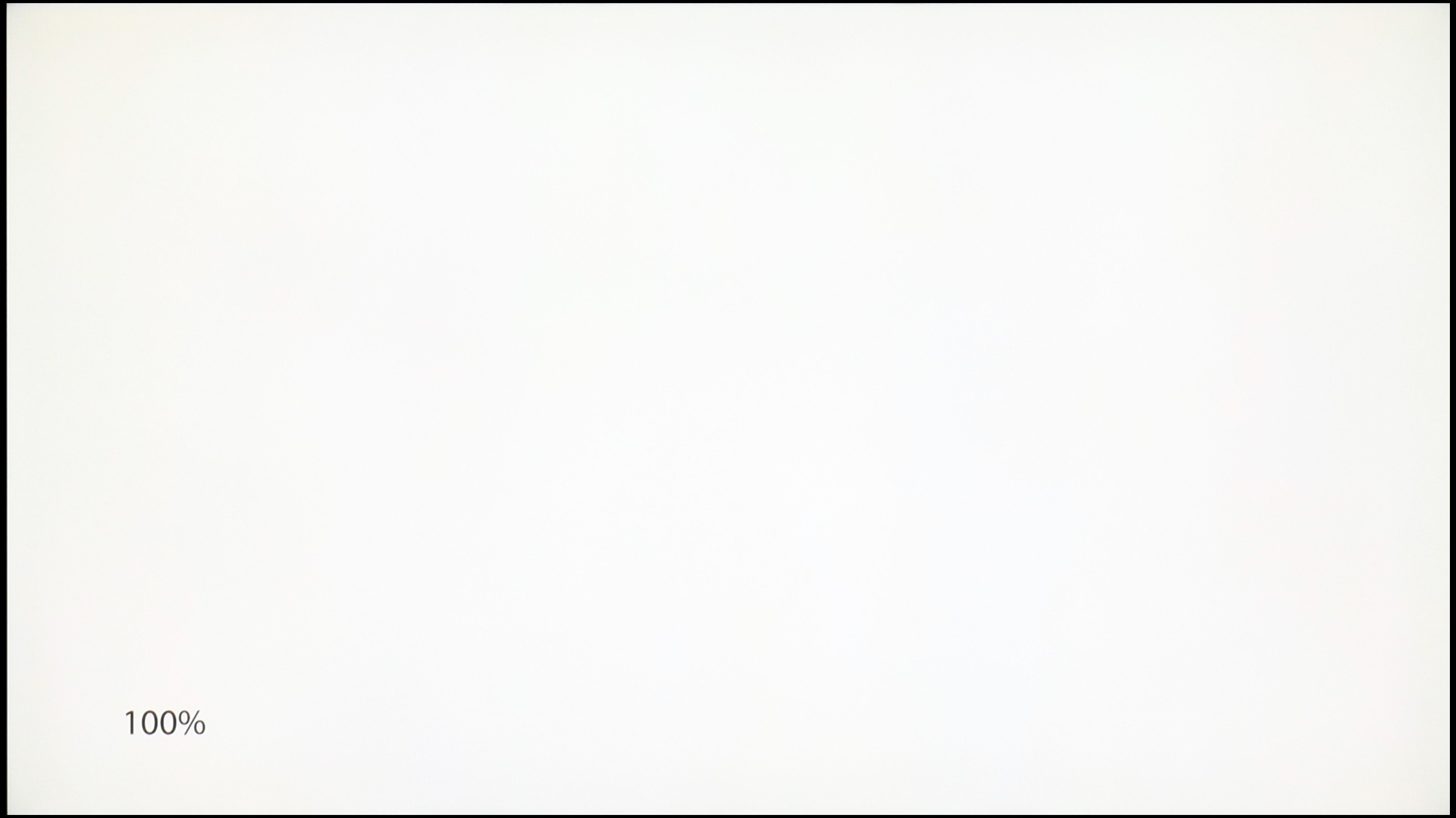
LG QNED87T6B
Hisense U7Q PRO
TV features
9.5/10
9.5/10
- HDMI inputs0 x HDMI 2.0, 4 x HDMI 2.1 48Gbps0 x HDMI 2.0, 4 x HDMI 2.1 48Gbps
- Other inputsRCA (Chinch)
- OutputsToslink (Optical audio), eARC (HDMI), ARC (HDMI)Toslink (Optical audio), eARC (HDMI), ARC (HDMI), Mini-Jack (Headphones)
- Network InterfacesWi-Fi 2.4GHz, Wi-Fi 5GHz, Ethernet (LAN) 100MbpsWi-Fi 2.4GHz, Wi-Fi 5GHz, Ethernet (LAN) 100Mbps
- TV receptionDVB-T, DVB-T2, DVB-S, DVB-S2, DVB-CDVB-T, DVB-T2, DVB-S, DVB-S2, DVB-C
Classic features:
- Recording to USB (terrestrial TV)
- Recording programming
- Picture in Picture (PiP)
- RF remote control (no need to aim at the screen)
- Backlit remote control
- Teletext
- Audio only mode
- Possibility to connect Bluetooth headphones to the TV
- Possibility to simultaneously use Bluetooth headphones and the TV speaker
Smart features:
- AirPlay
- Screen mirroring (Windows Miracast)
- Wyszukiwanie głosowe
- Voice search in native language
- Ability to connect a keyboard and mouse


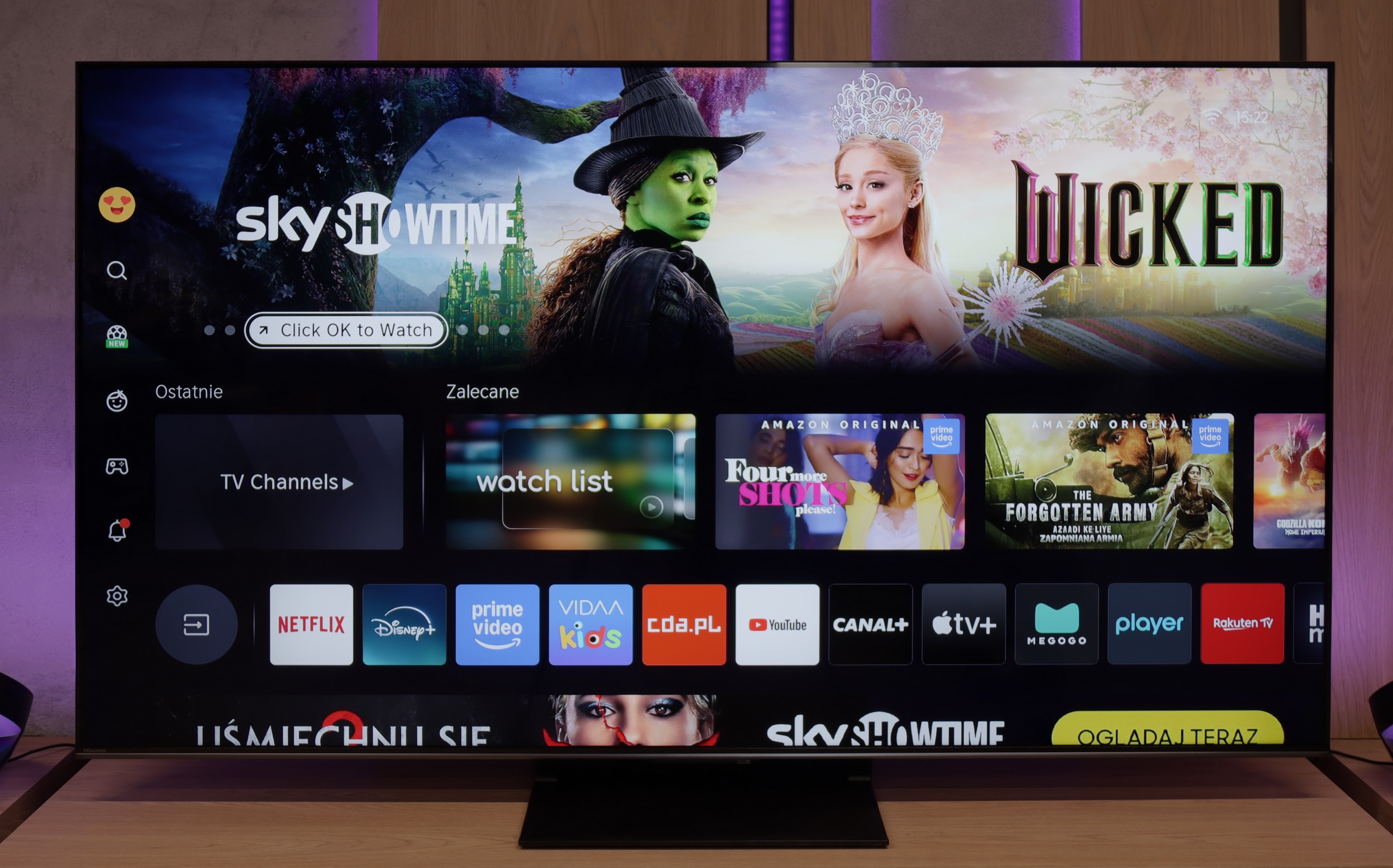
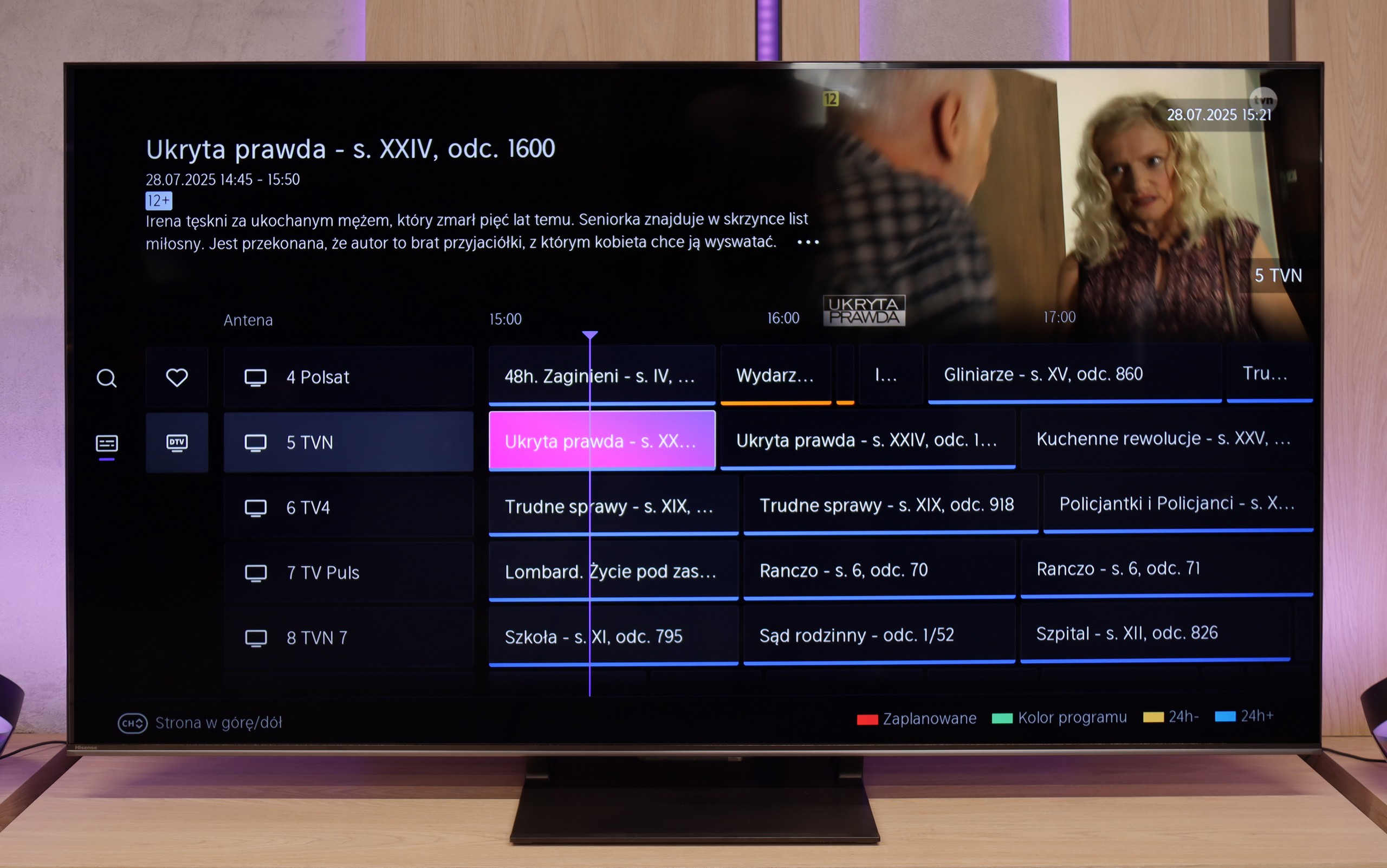
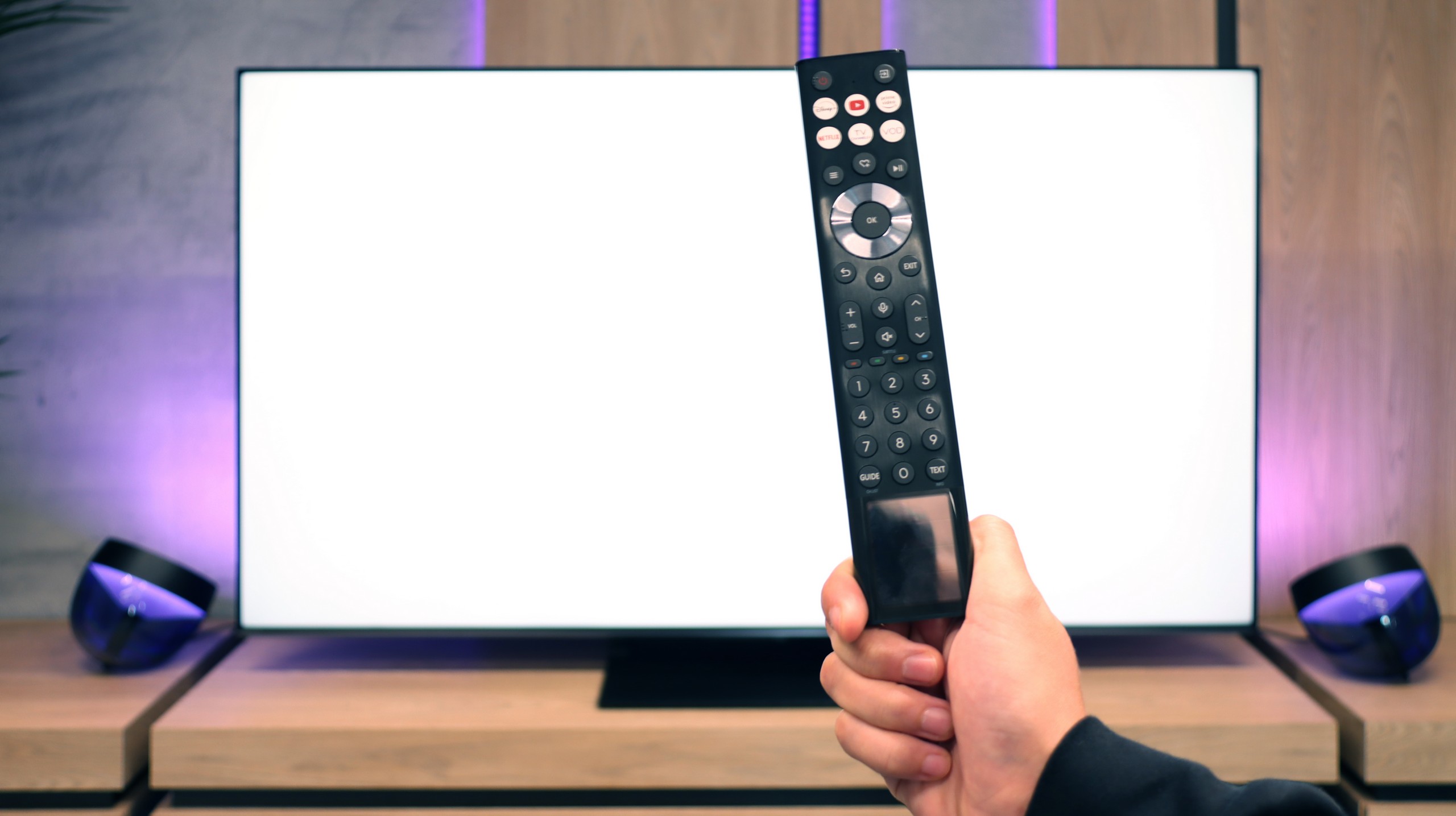

LG QNED87 Television offers a multitude of features that significantly enhance user comfort. Let's start with the WebOS system, which we believe has the most user-friendly interface among all televisions available on the market. One of its greatest assets is the remote control with an integrated gyroscope, known as the Magic Remote. Thanks to this, navigation is intuitive and fast, making the use of the television a pleasure. WebOS also supports a number of smart features that greatly simplify daily use of the television. Among them, we find AirPlay, which allows easy content streaming from Apple devices such as iPhone or iPad. Additionally, the television supports a wide range of streaming applications, such as Netflix, YouTube, Amazon Prime Video, and many others, providing access to favourite films and series in one place. When it comes to daily usage, LG QNED87 does not disappoint. The television offers a USB recording function, which is increasingly rare in today's models. This allows for recording favourite programmes and watching them at any time. Furthermore, the television has a PIP (Picture-in-Picture) function, although only for one tuner, enabling the viewing of two programmes simultaneously. Connecting additional devices via Bluetooth is simple and hassle-free. The television supports various Bluetooth devices, such as mice, keyboards, or headphones, increasing its versatility and allowing easy personalisation of the user experience. With all these features, the LG QNED87 television is a versatile and convenient device that meets the expectations of even the most demanding users.
Classic Features of U7Q PRO
If you plan to use the television in a more "classic" way, that is, for watching daily programs or connecting headphones, the Hisense U7Q PRO has almost everything you might expect. The television easily supports recording to USB, you can connect headphones via Bluetooth, and the remote control is backlit, which still isn't standard even in more expensive models. Although many people today forgo these classic features in favour of streaming applications, it's good to know that the U7Q PRO still does this properly and without compromises (apart from the lack of PiP functionality).
SmartTV System: Vidaa
When it comes to smart features, this model operates on the VIDAA system in Europe. The system runs smoothly, has a built-in web browser, supports voice control (also in Polish), and AirPlay, which will delight users of Apple devices. However, it's worth noting that VIDAA is a closed system, so you won't find all the popular applications that we have gotten used to with Android TV or Google TV. Before purchasing, it's advisable to check if the apps you actually use are available.
Playing files from USB
8.2/10
8.2/10
Supported photo formats:
Maximum photo resolution:

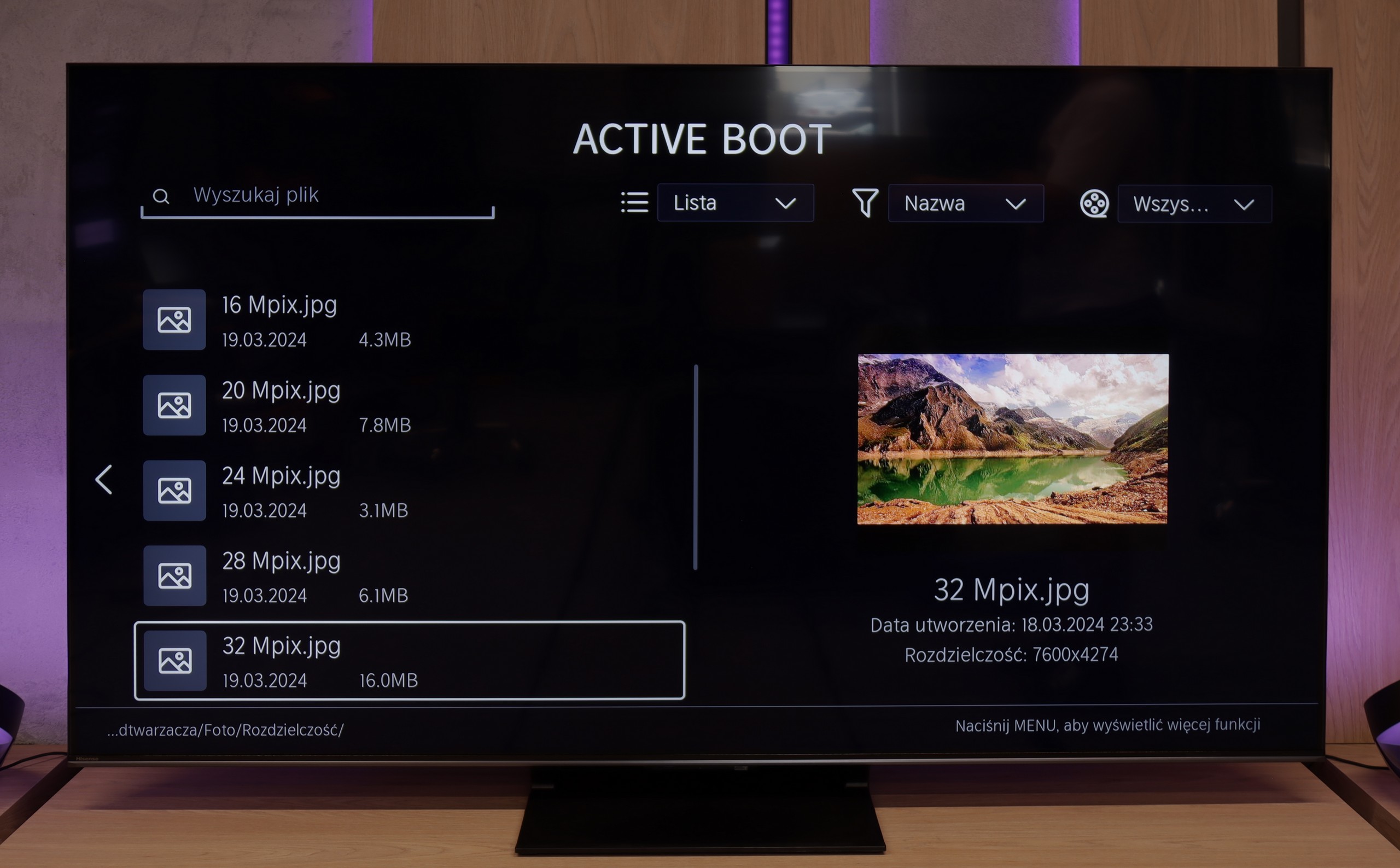
The built-in media player in the LG QNED87 television should not disappoint anyone. It offers rich capabilities when it comes to playing video and audio files. It supports many popular formats, providing versatility and user convenience. The only criticism that could be made is the limited number of supported image formats. However, this mainly concerns those less popular formats, so most users should be satisfied with the player's functionality. For everyday use and typical multimedia formats, the player performs very well.
The built-in media player in the VIDAA system functioned very efficiently and without issues on our U7Q PRO unit. The television effortlessly read external video and audio files, as well as subtitles, making it convenient to watch films from a USB stick or external drive. Most popular formats worked flawlessly, so there was no need to convert anything. The only drawback was a certain selectivity in handling high-resolution images – not all of them opened. Therefore, you will find a detailed list of supported photo resolutions (Mpix) in our comparison table.
Apps
8/10
7.7/10














































Sound
6/10
7.8/10
- Subjective sound quality:6/107.8/10
- Dolby Digital Plus 7.1:
- Dolby True HD 7.1:
- Dolby Atmos in Dolby Digital Plus (JOC):
- Dolby Atmos in Dolby True HD:
- DTS:X in DTS-HD MA:
- DTS-HD Master Audio:
When it comes to sound, one could say it is moderately pleasant. There is a lack of pronounced bass, and the mid-tones seem somewhat unclean. This is not an ideal situation for audiophiles, but it is worth noting that the television has no trouble playing DTS files. This is a feature that is lacking in many other televisions, so the LG QNED87 deserves praise for this support.
Considering the standards of built-in television speakers, the U7Q PRO sounds surprisingly good. The sound is clear, with distinct mid and high tones, and the bass – although limited – doesn’t completely disappear. It can be said that for "television speakers," the level is more than satisfactory. However, it's worth noting that in our test unit we could not play sound in DTS:X format from local files – the television simply does not support it. This means that if you are counting on a cinematic spatial effect solely from its built-in speakers, there might be a certain disappointment. Fortunately, the television smoothly passes the DTS signal to an external amplifier, so if you have a home cinema – just connect it and everything works as it should.


